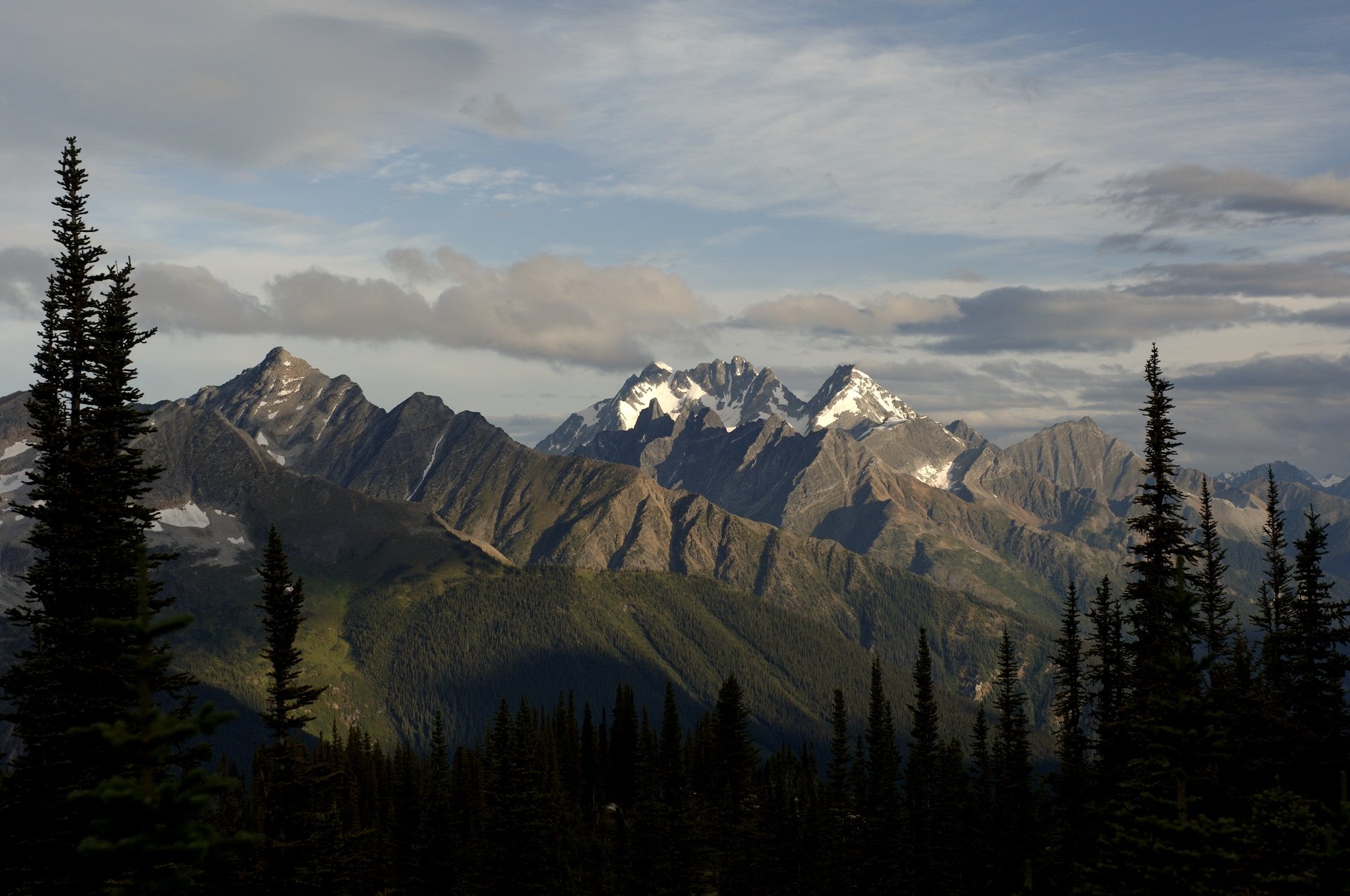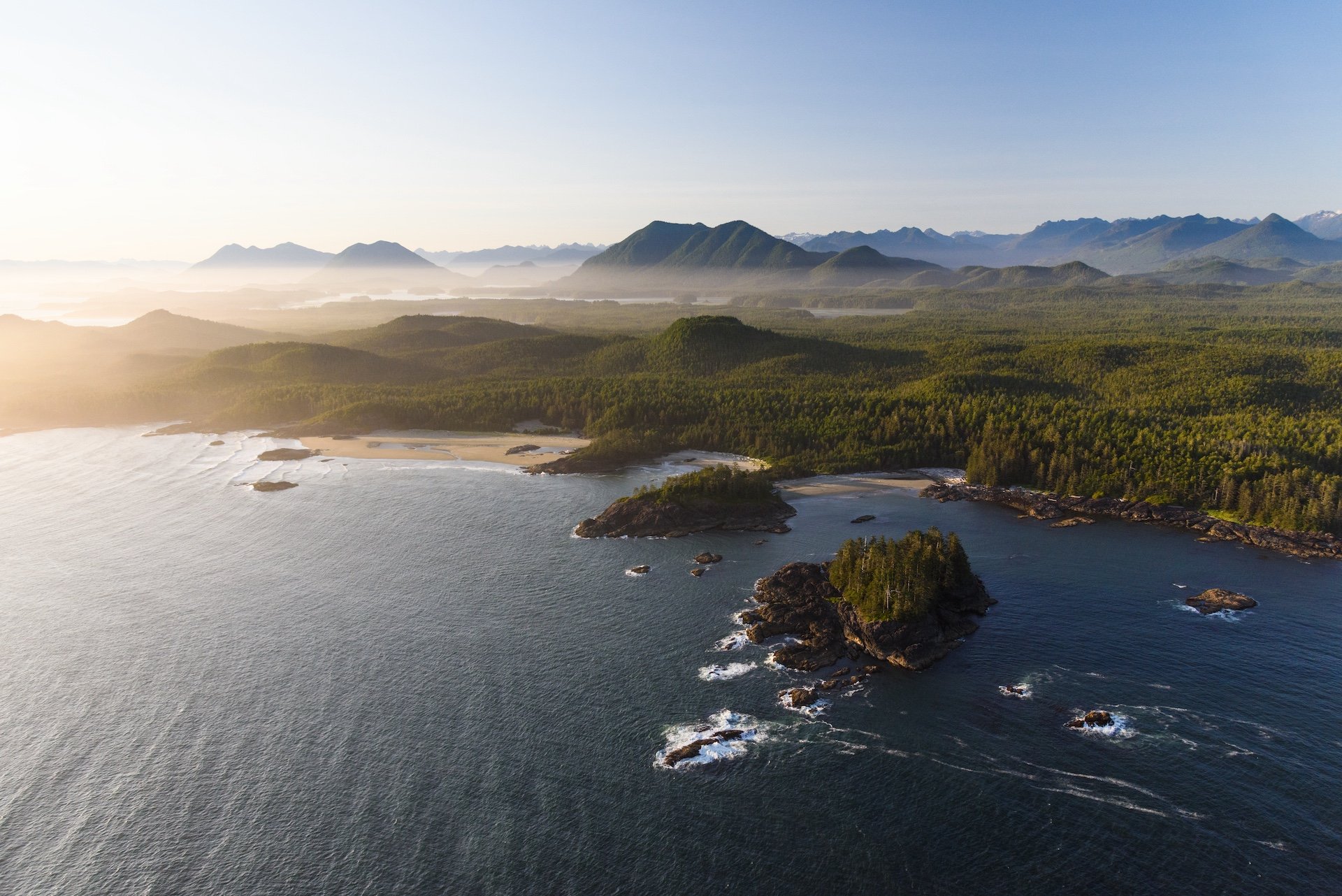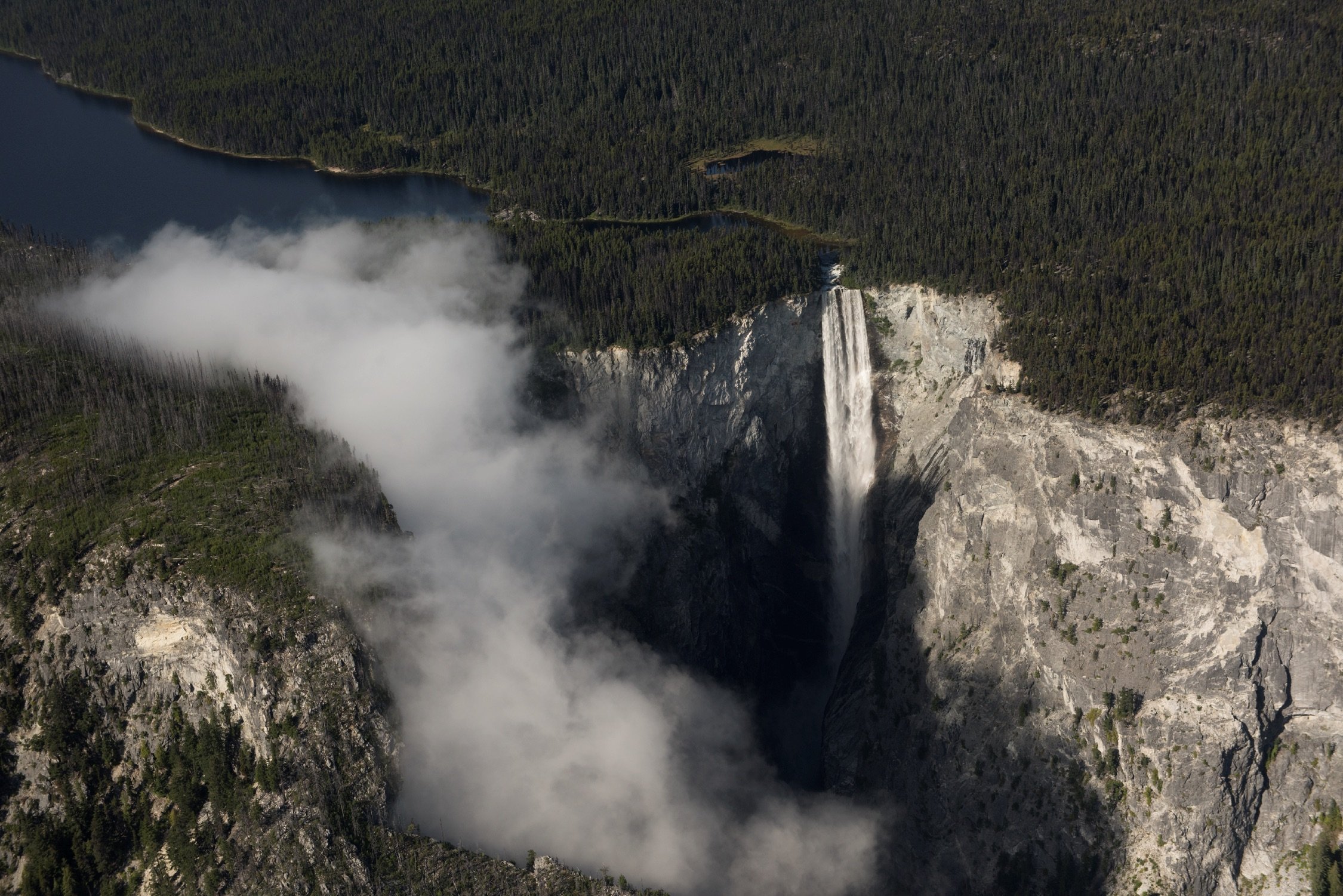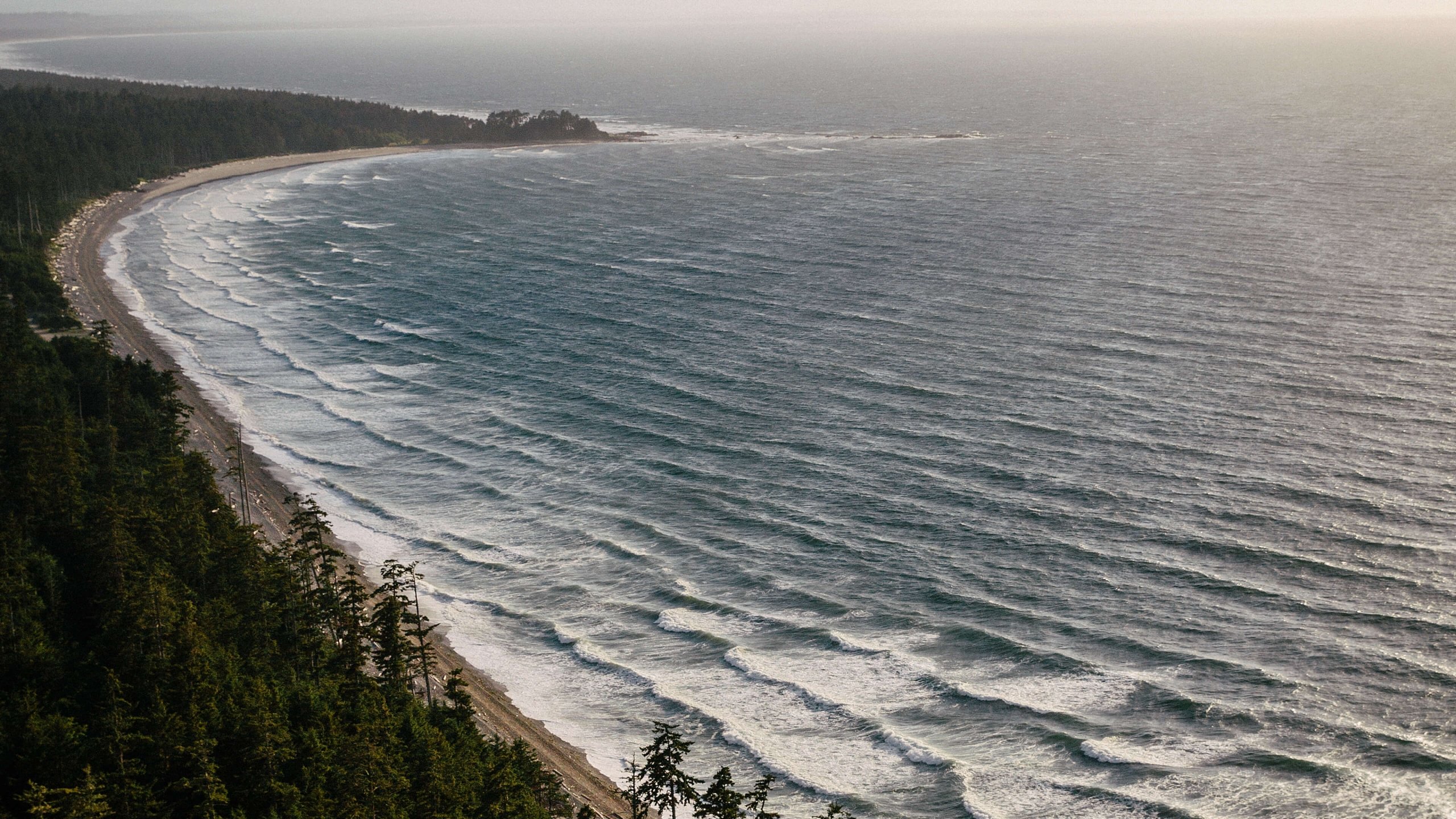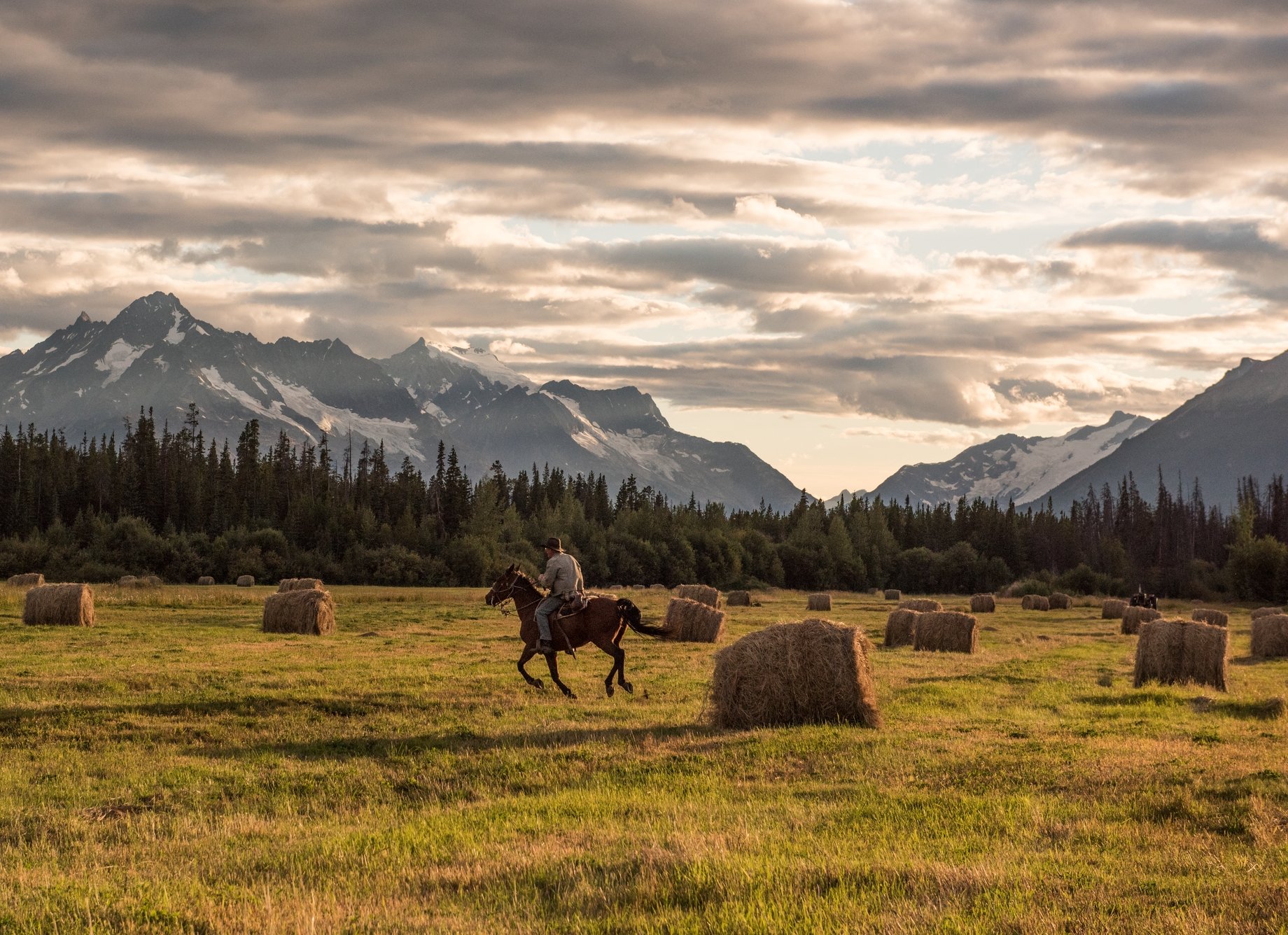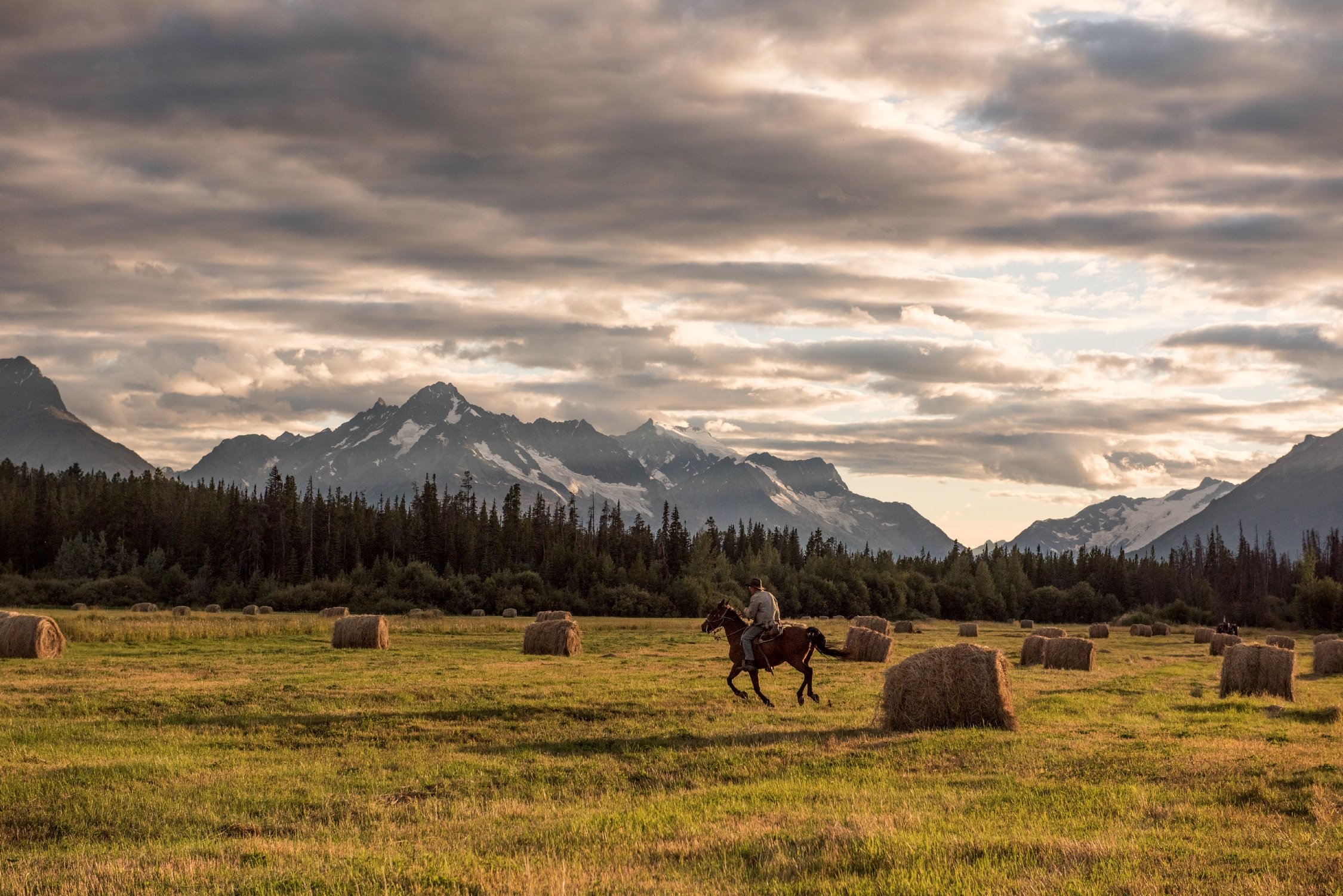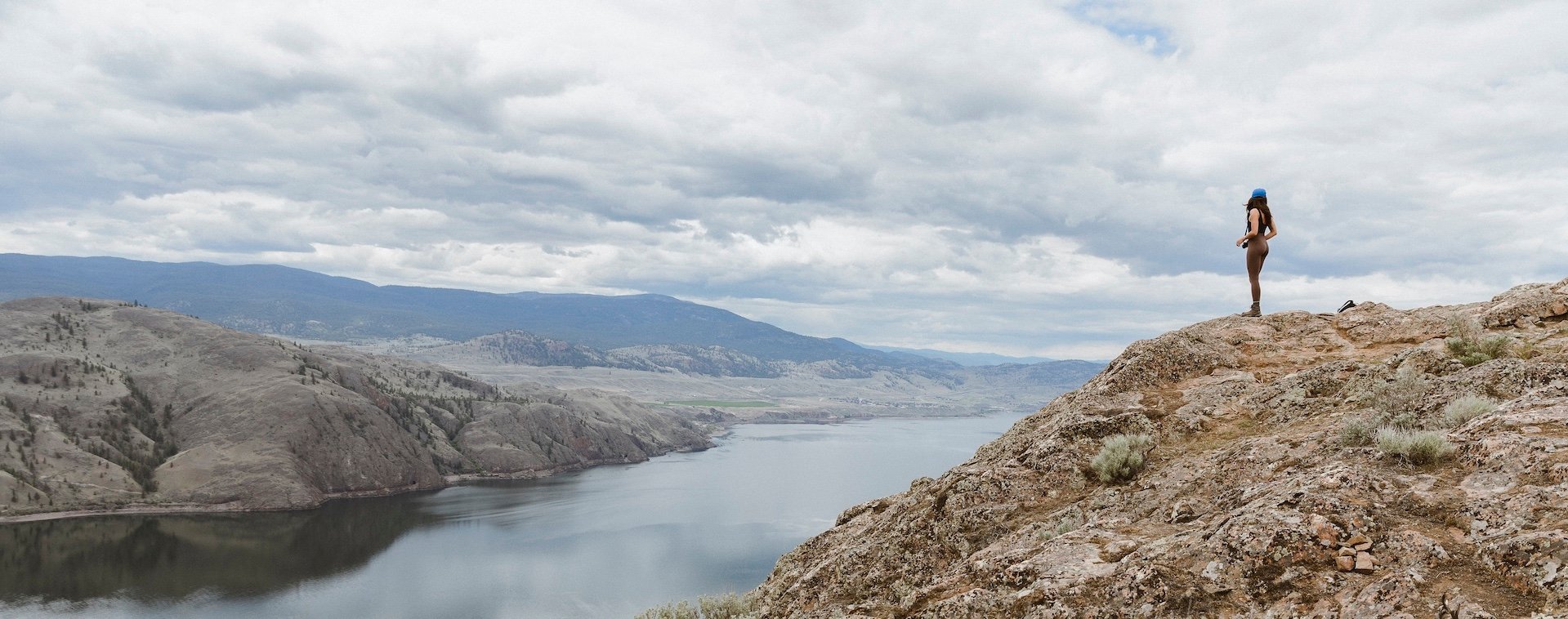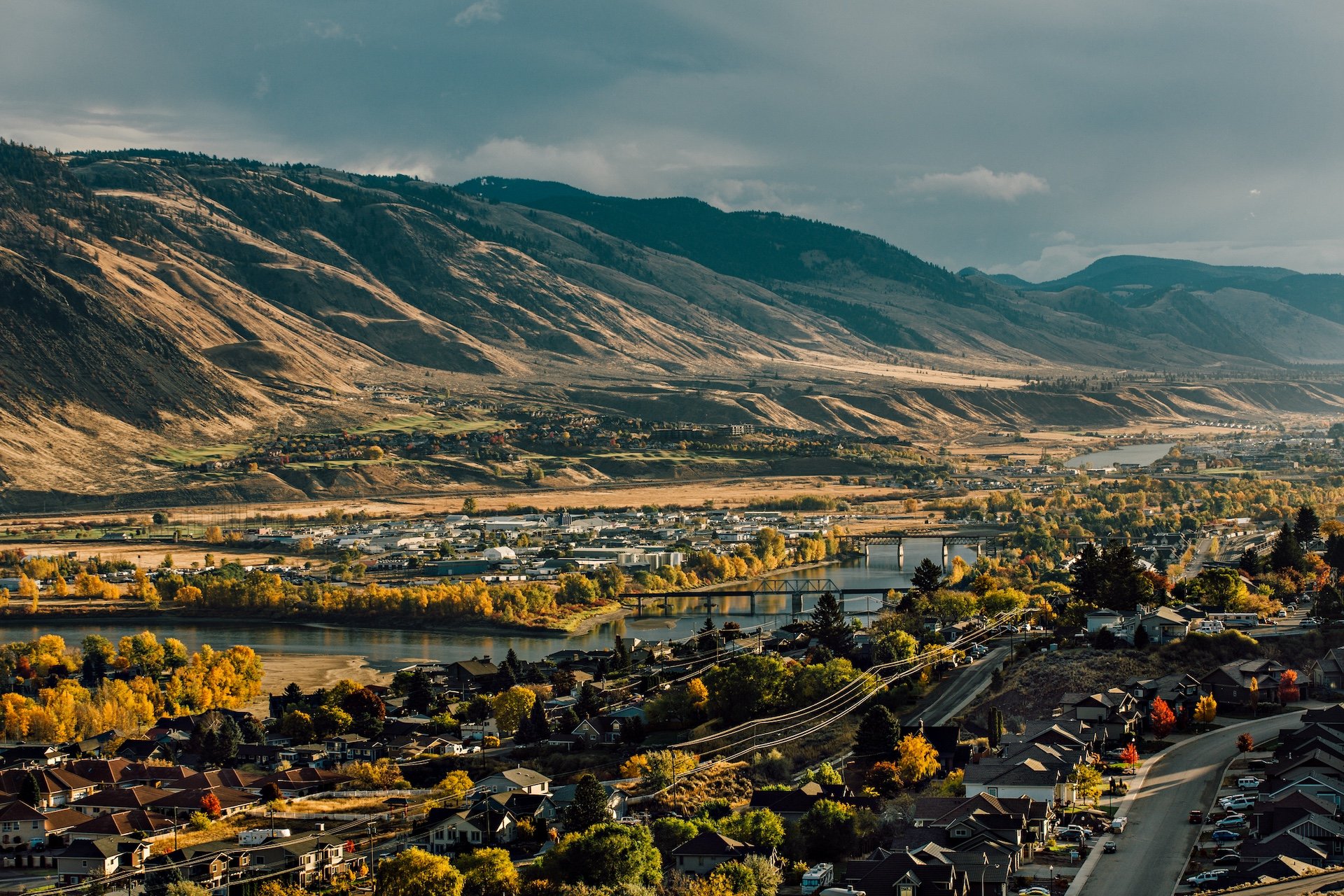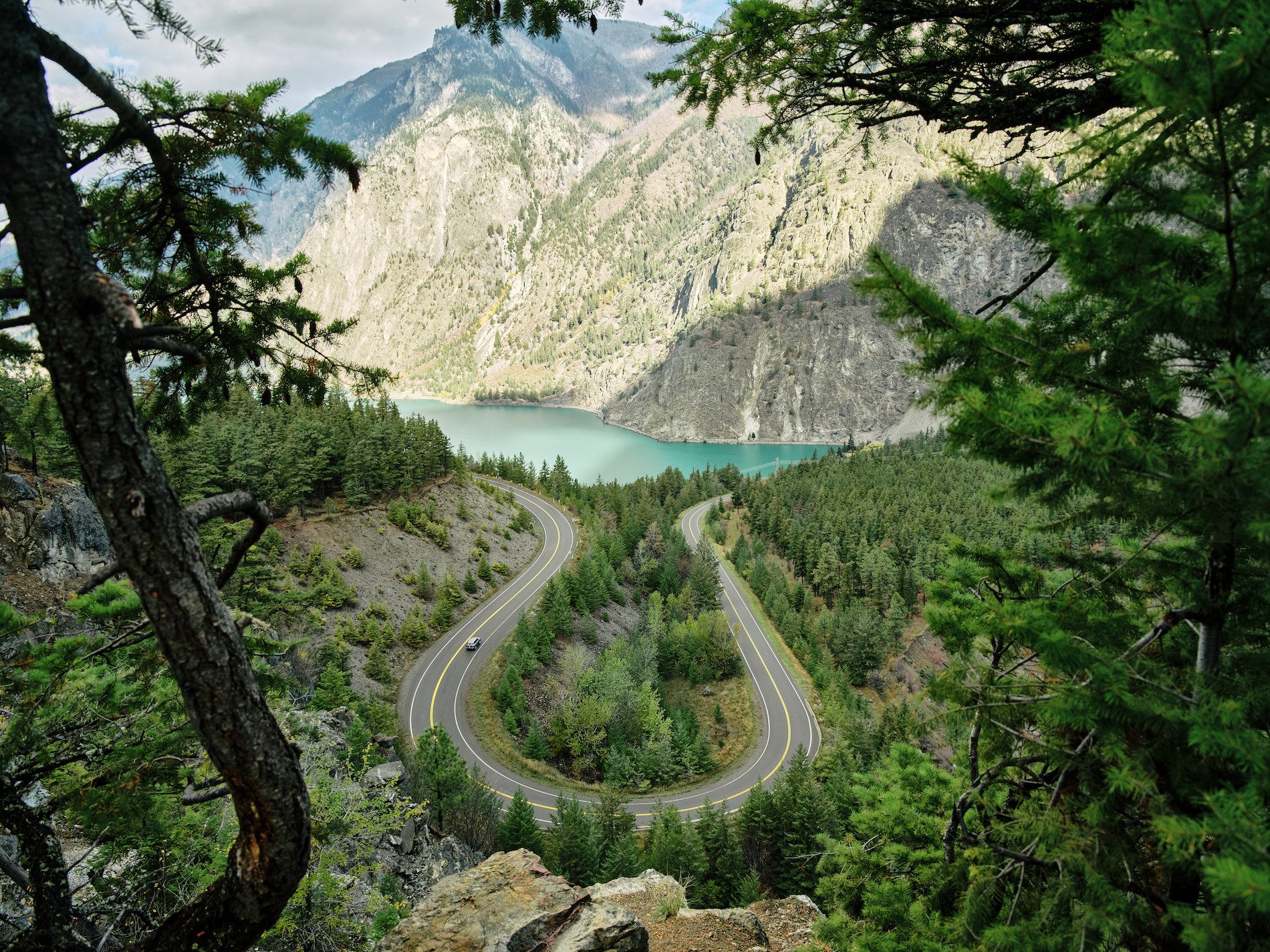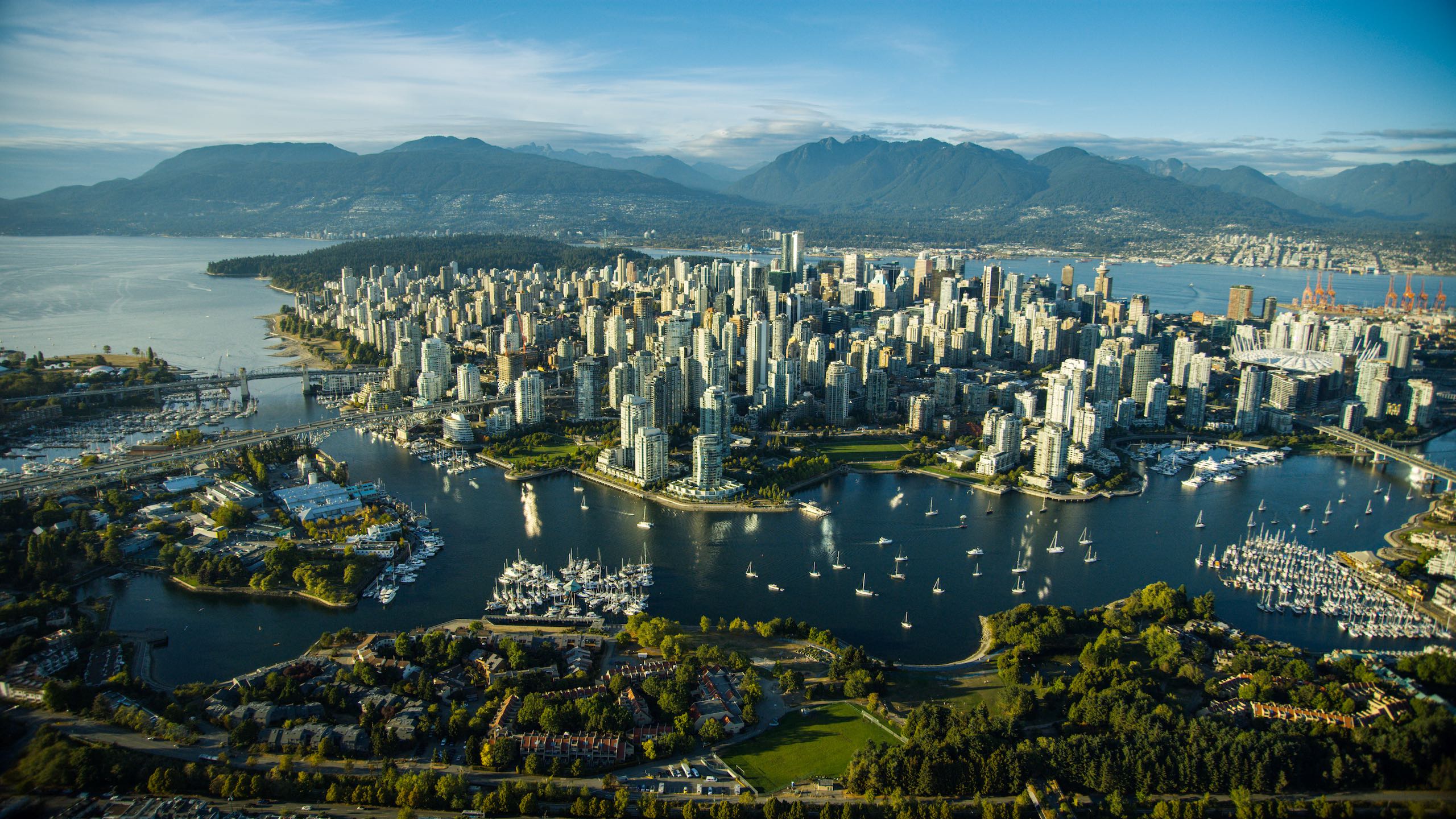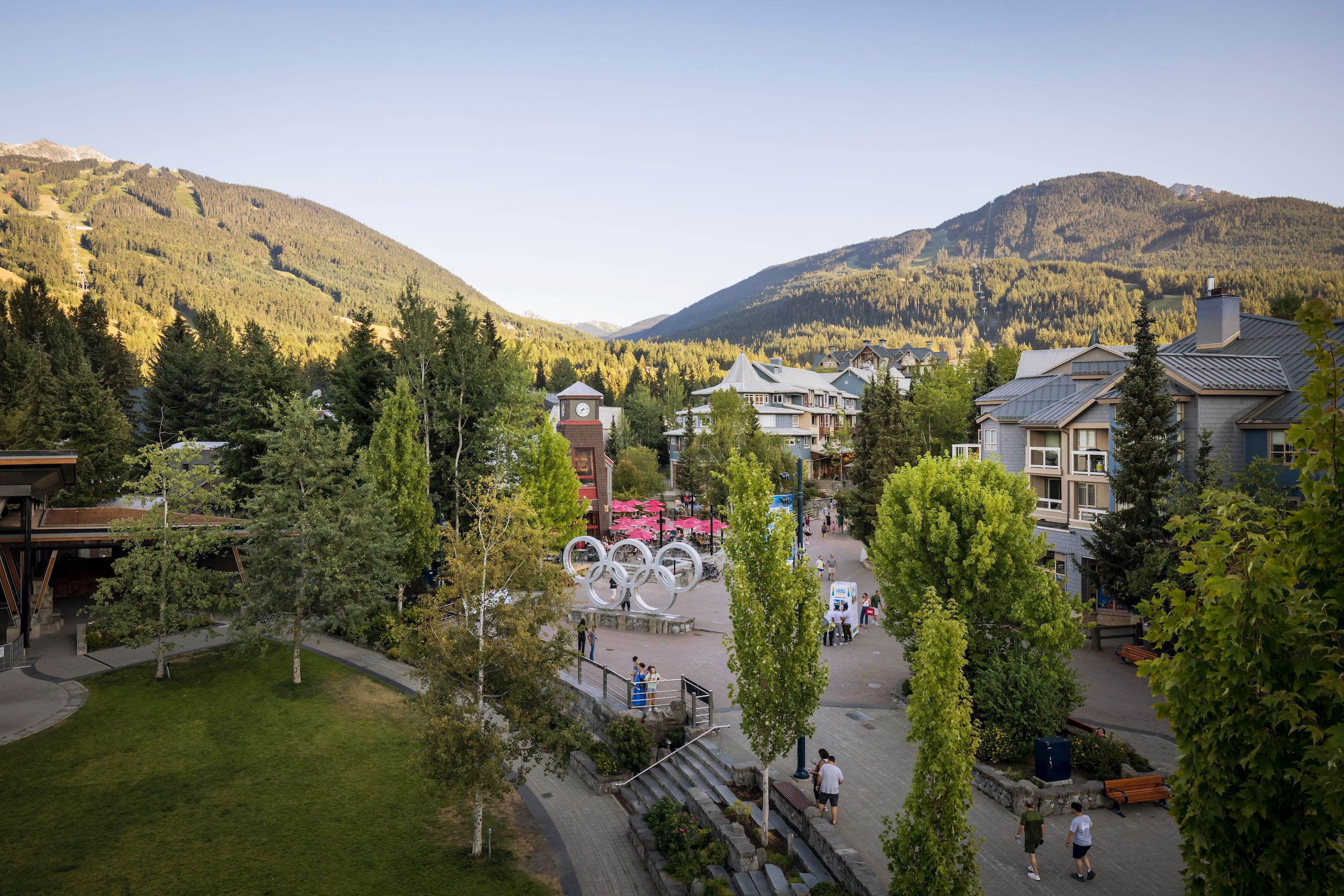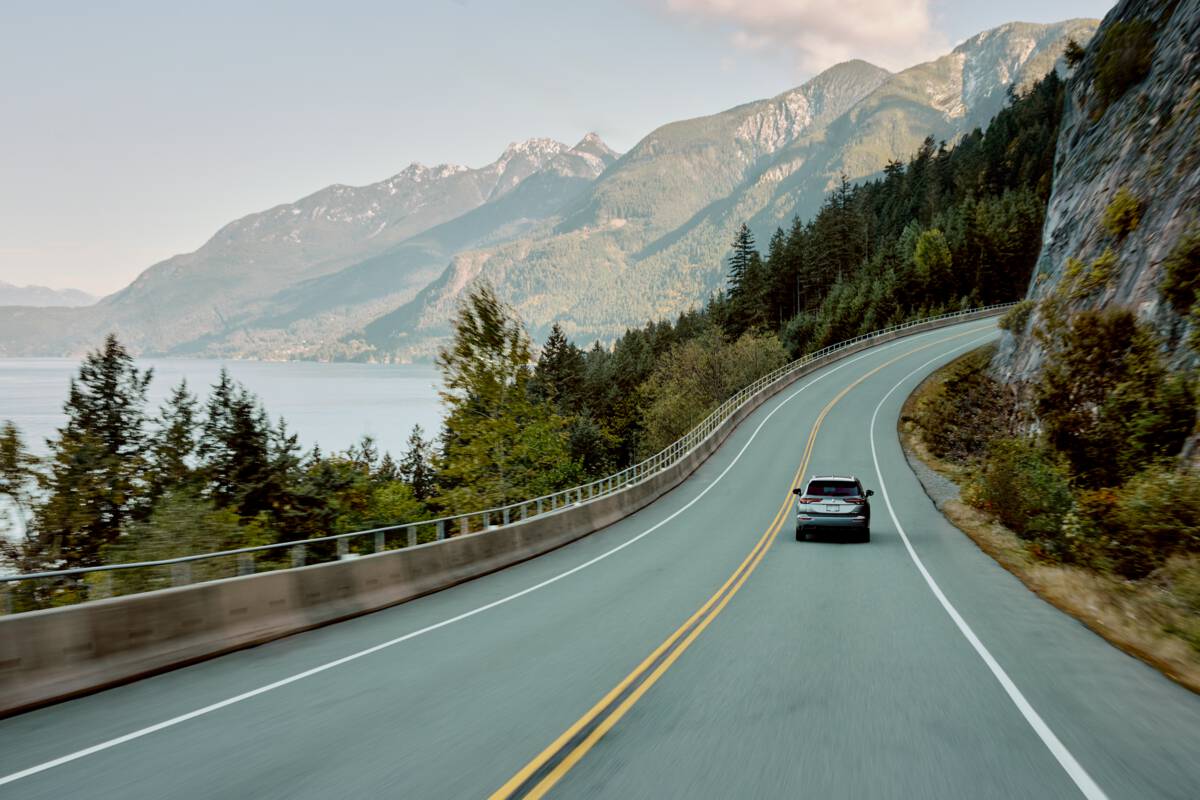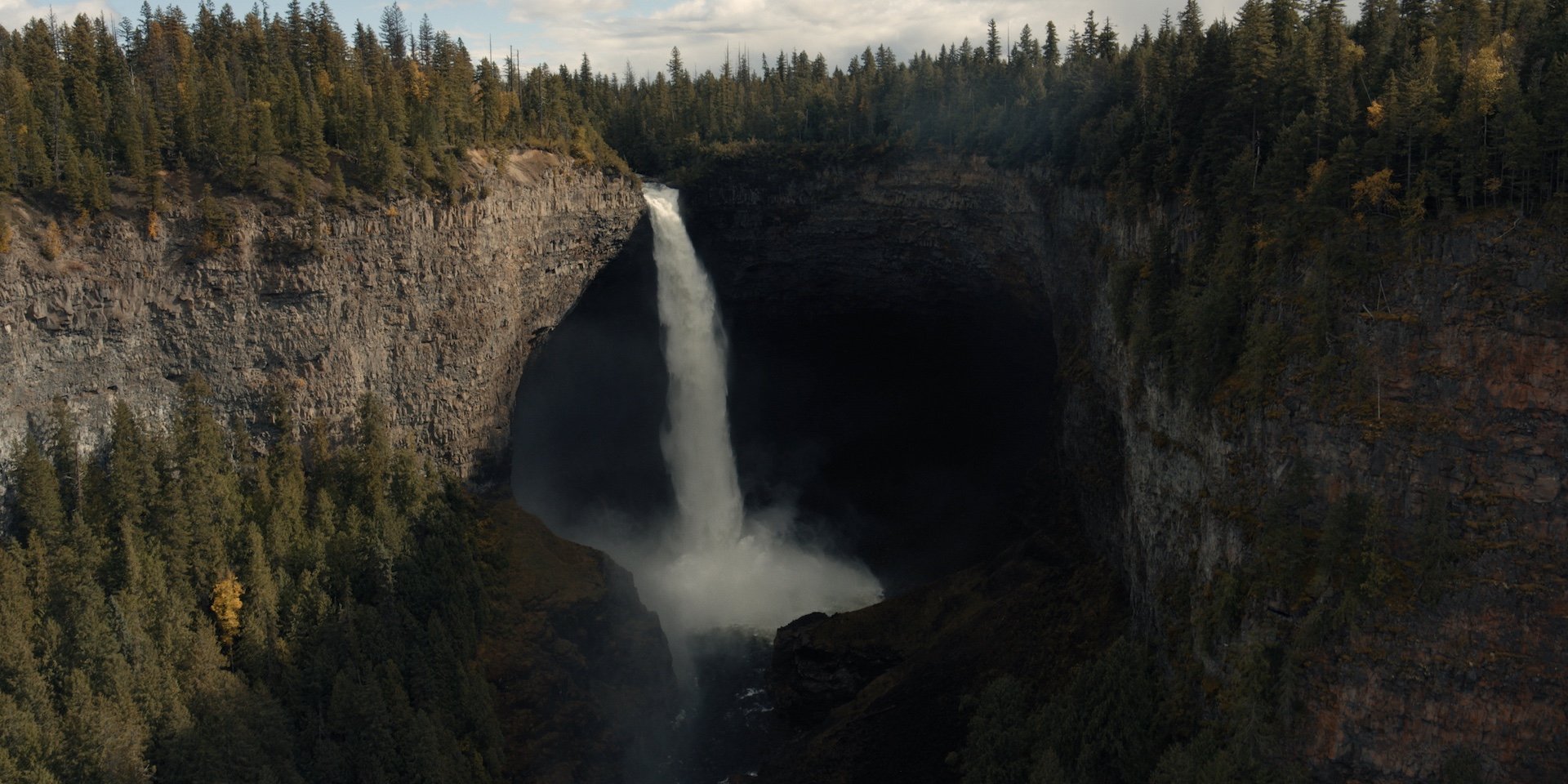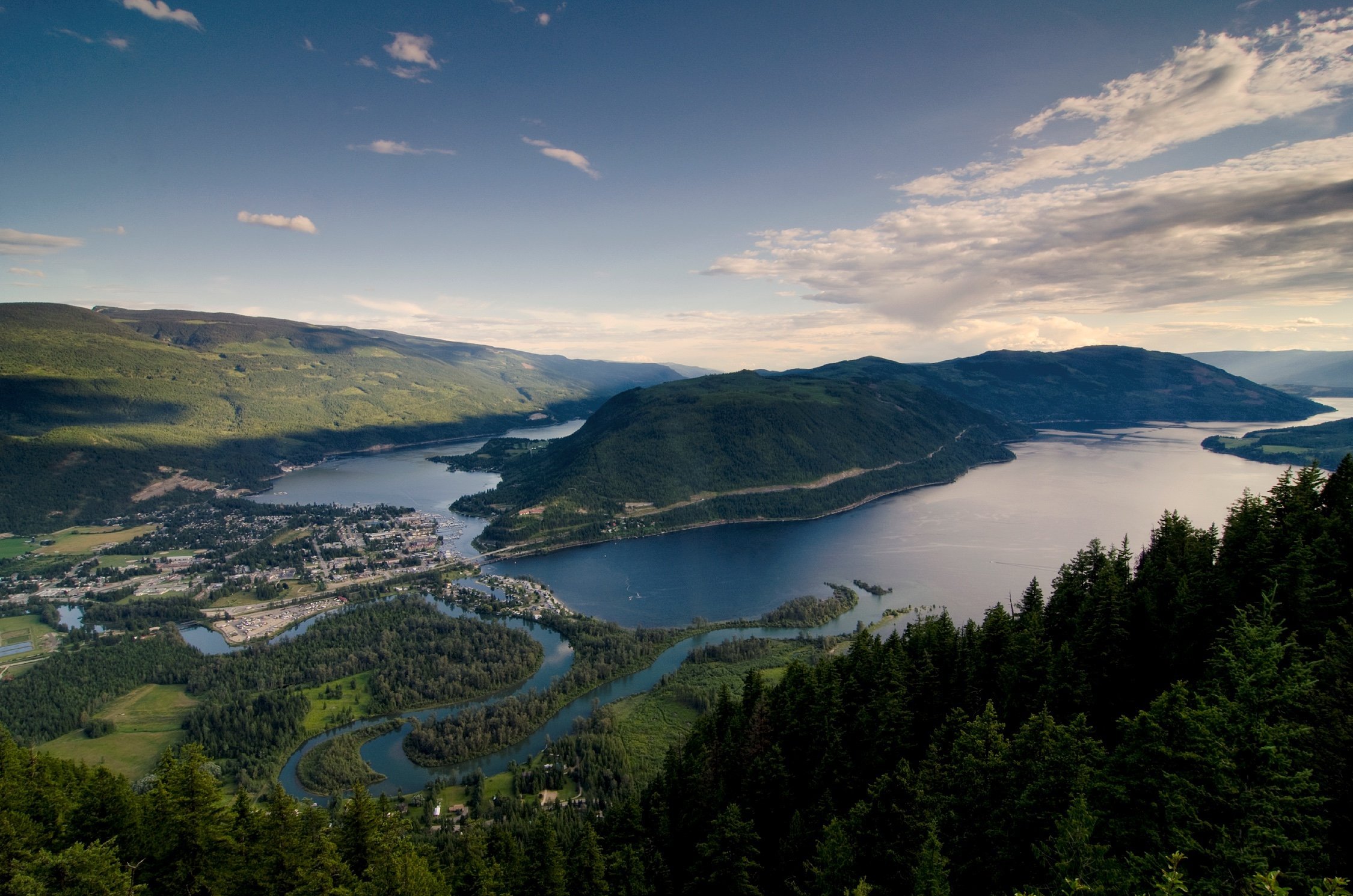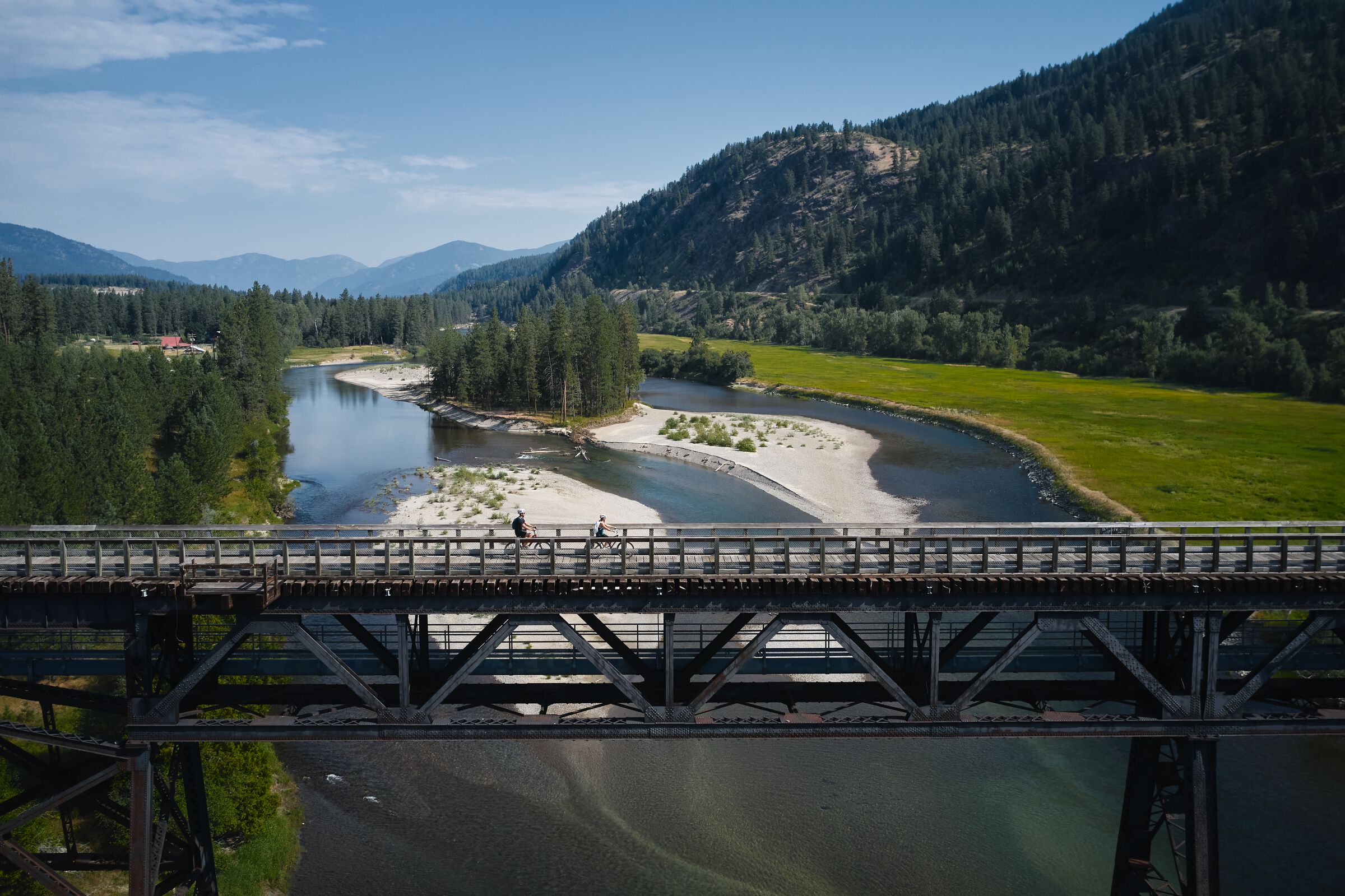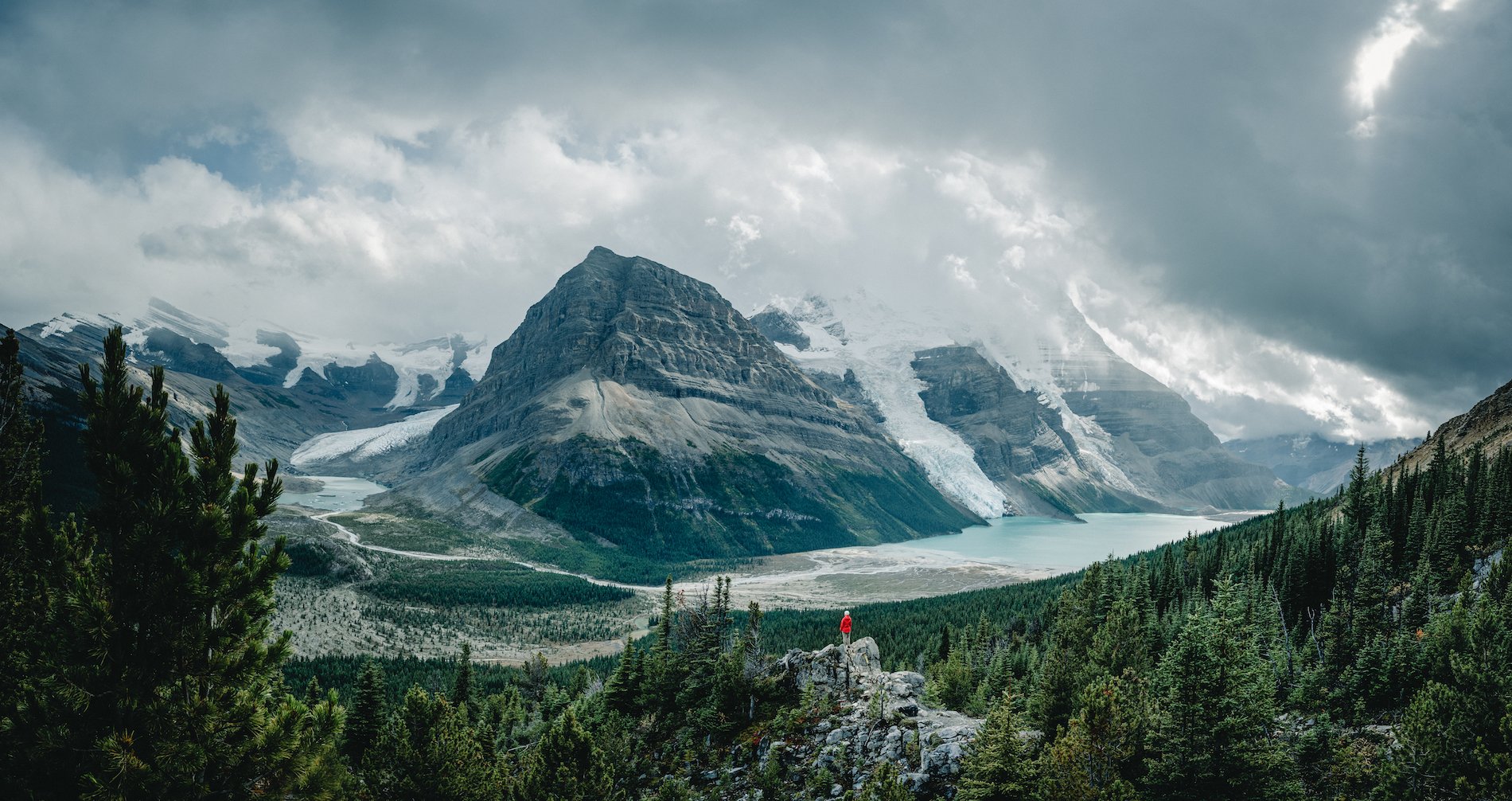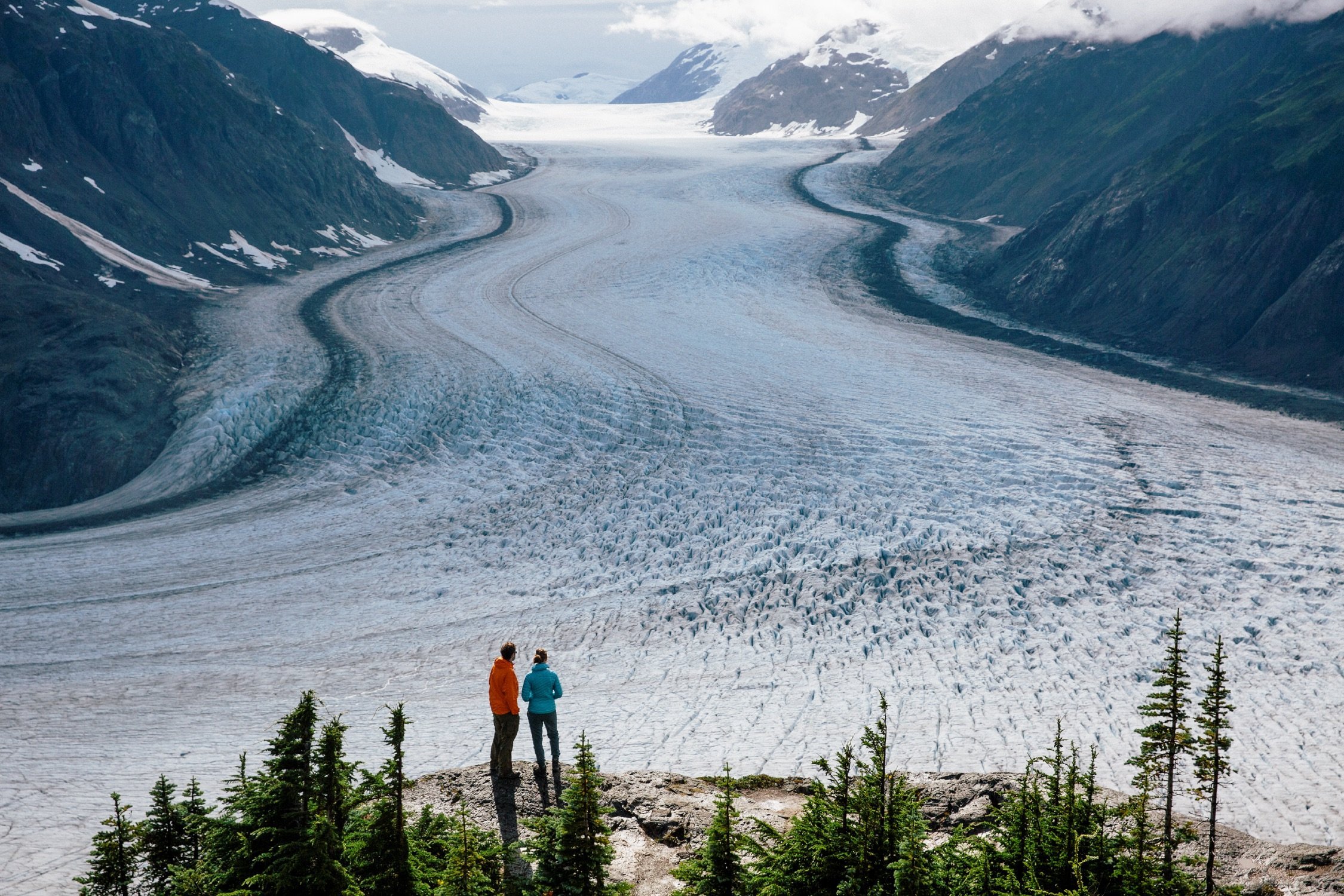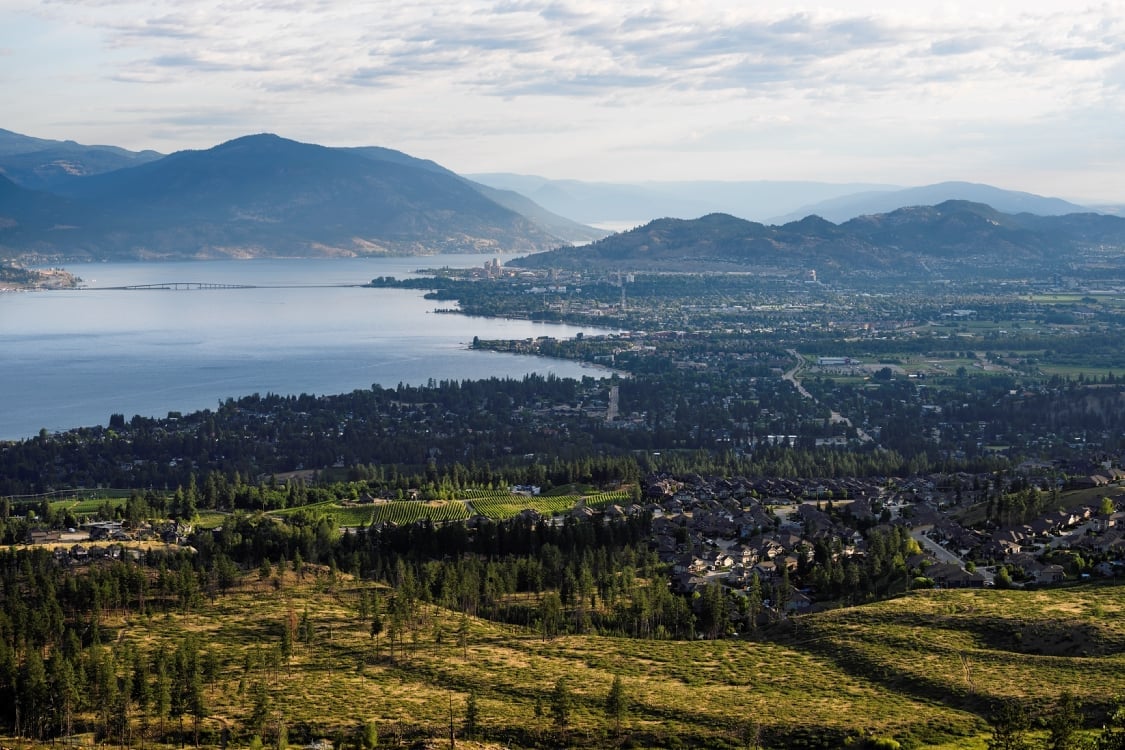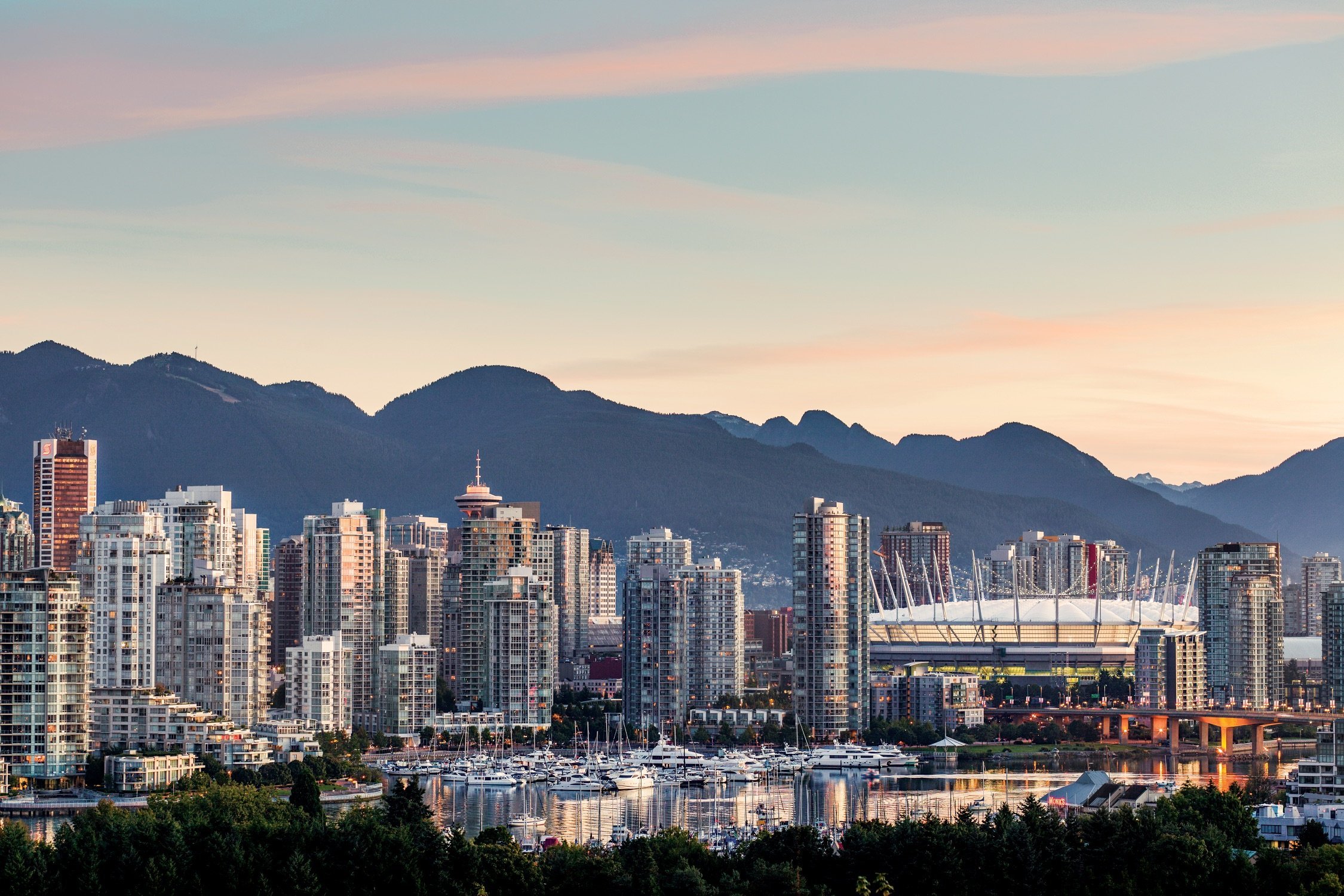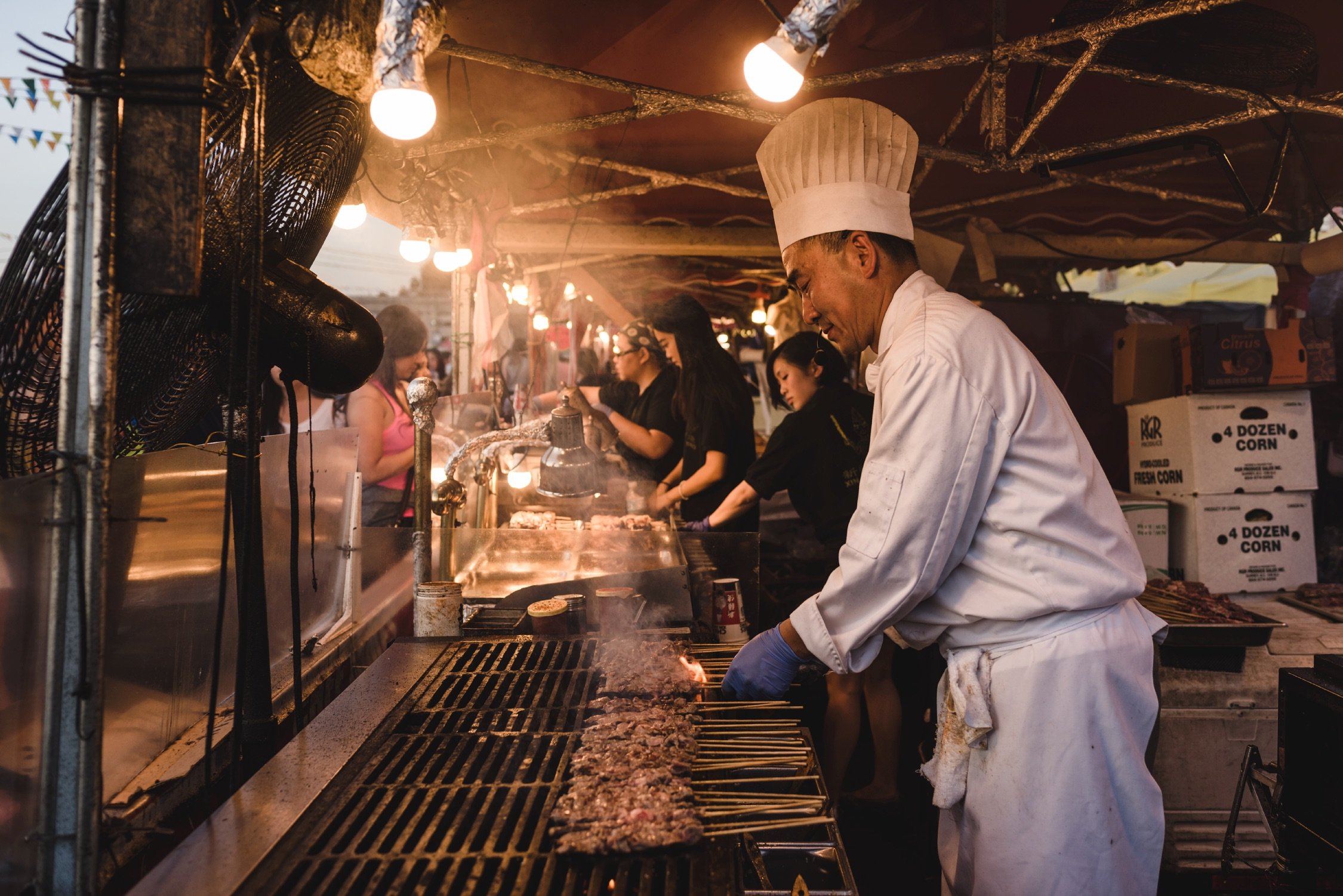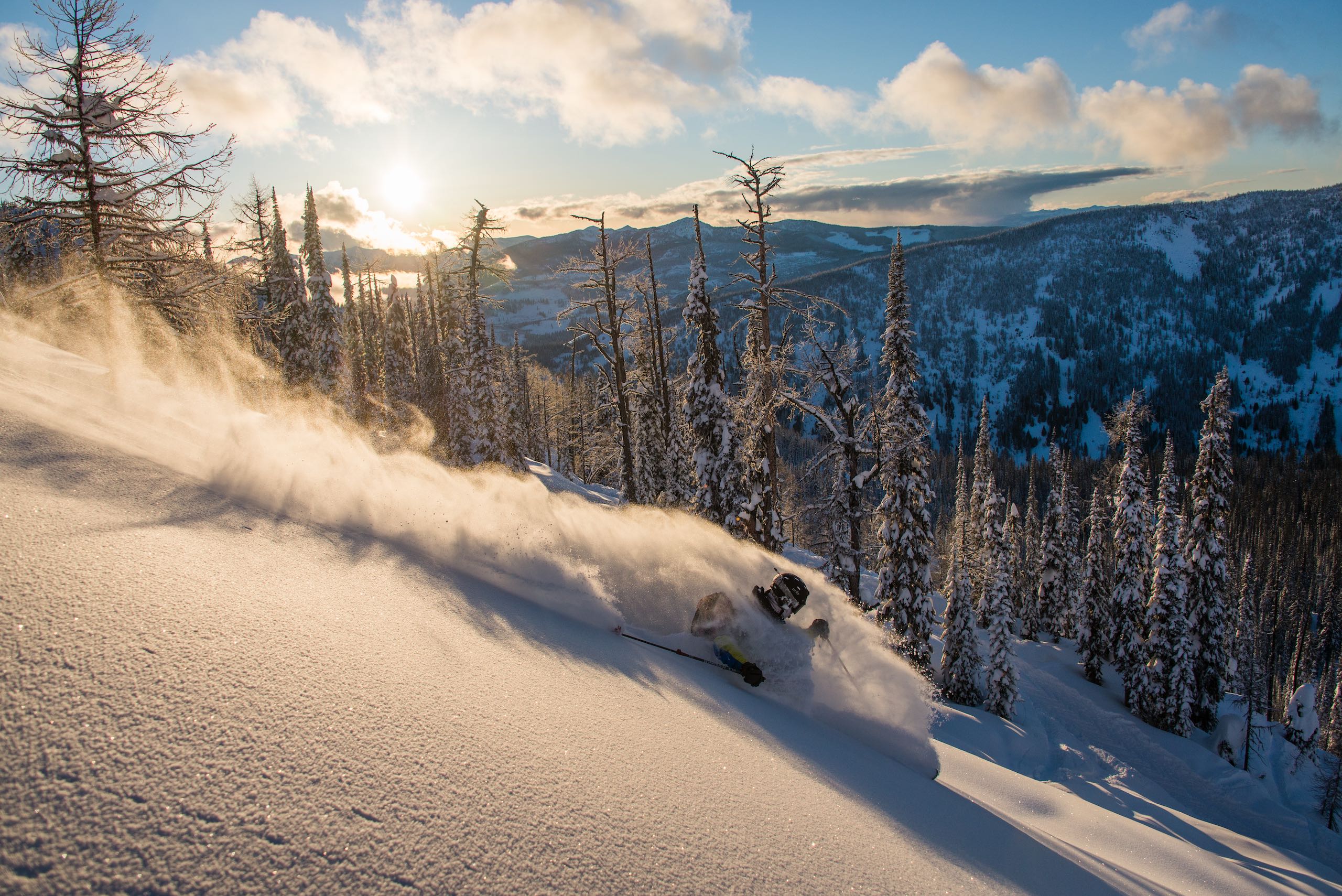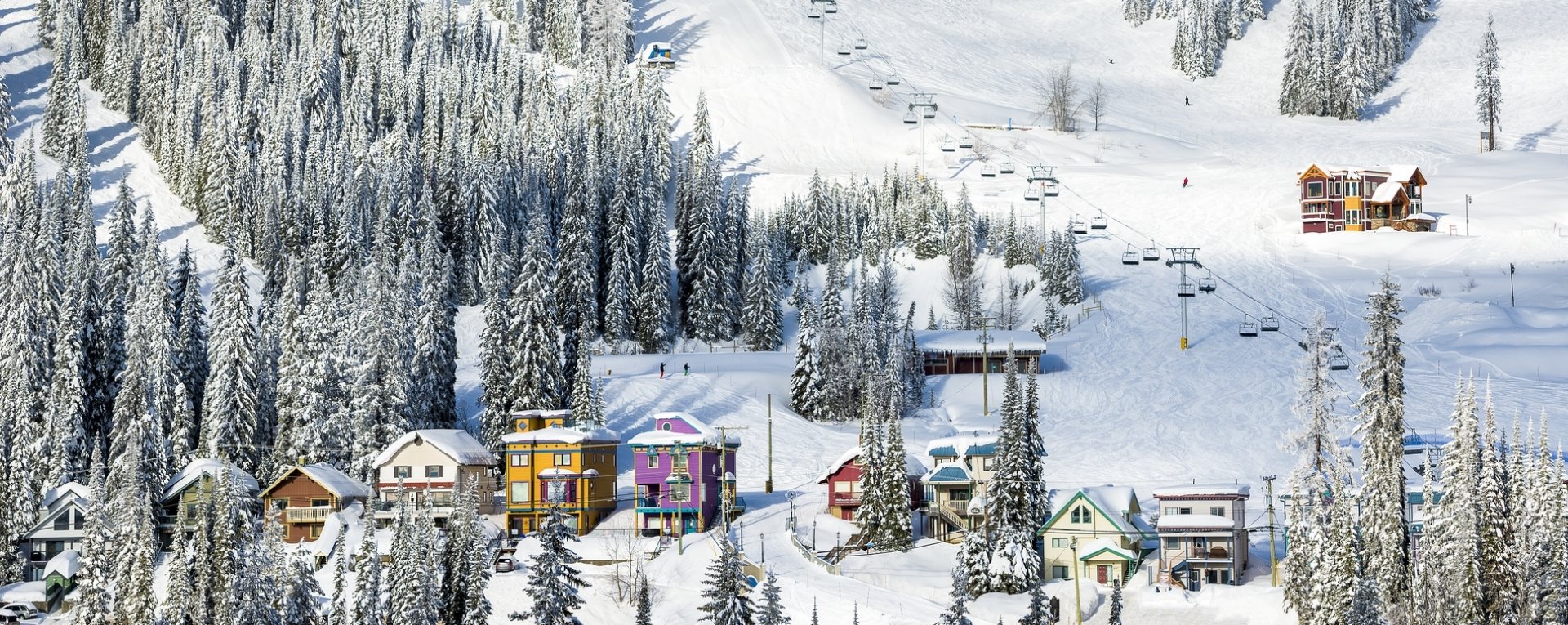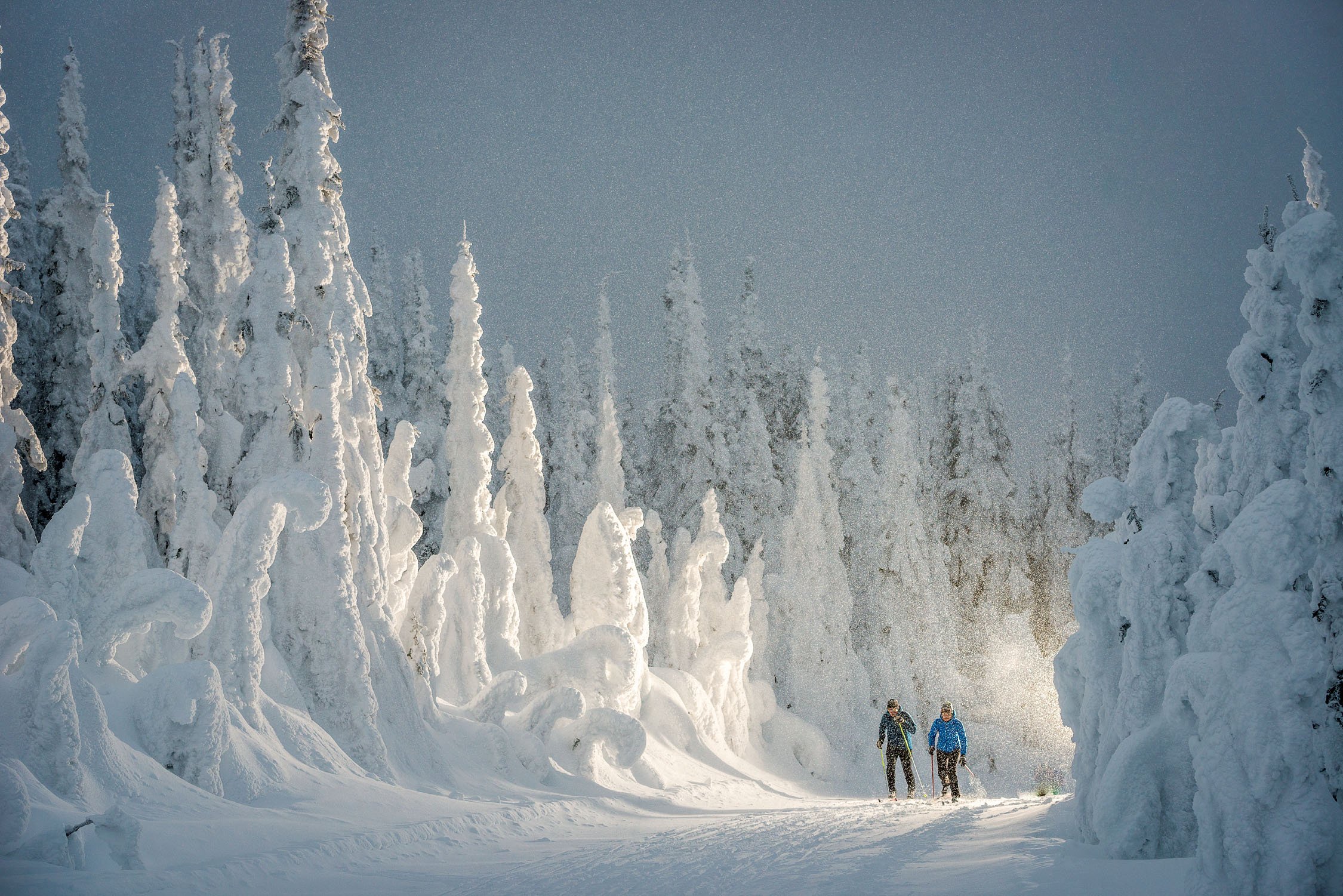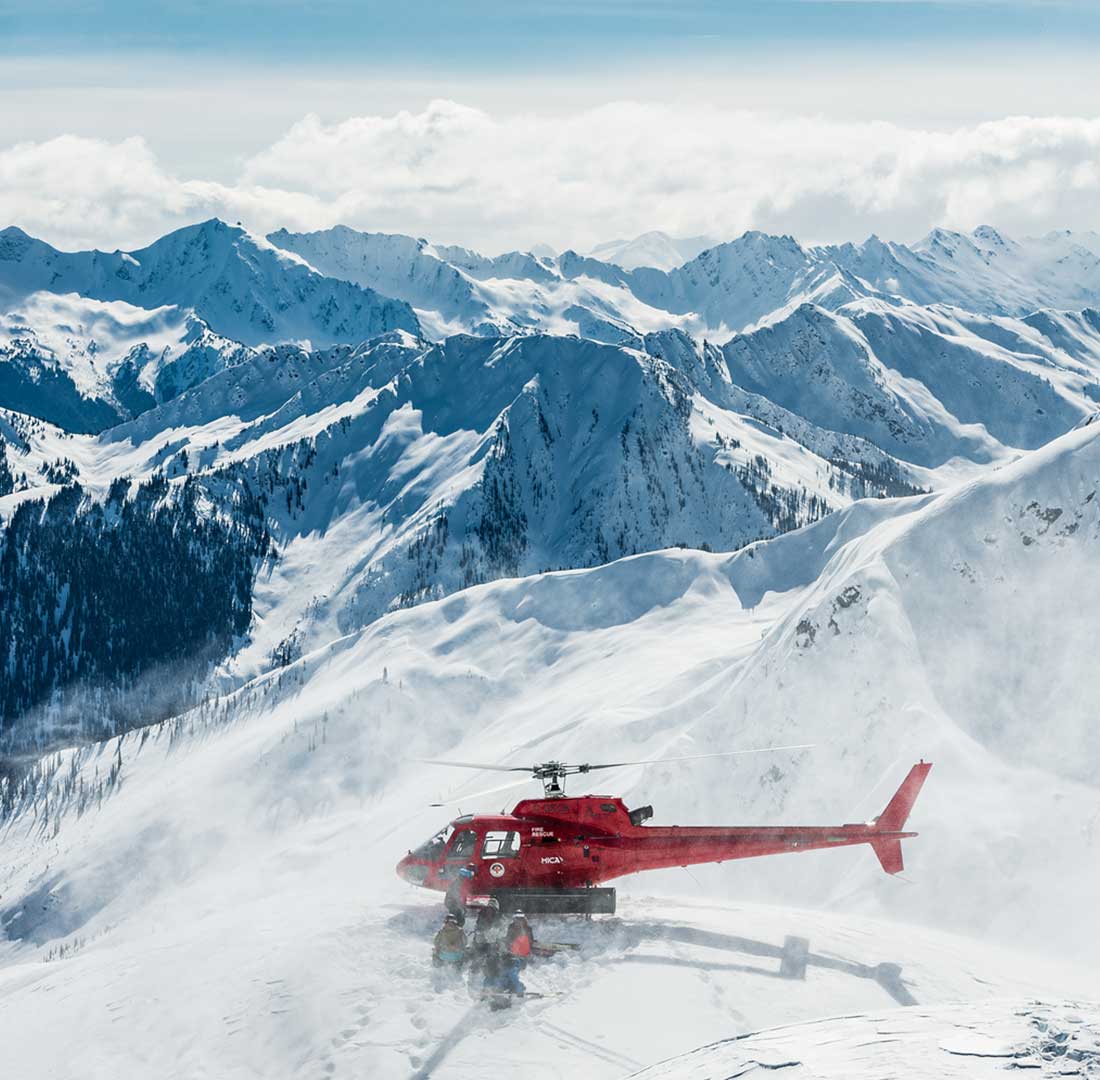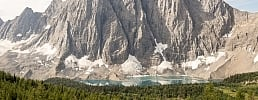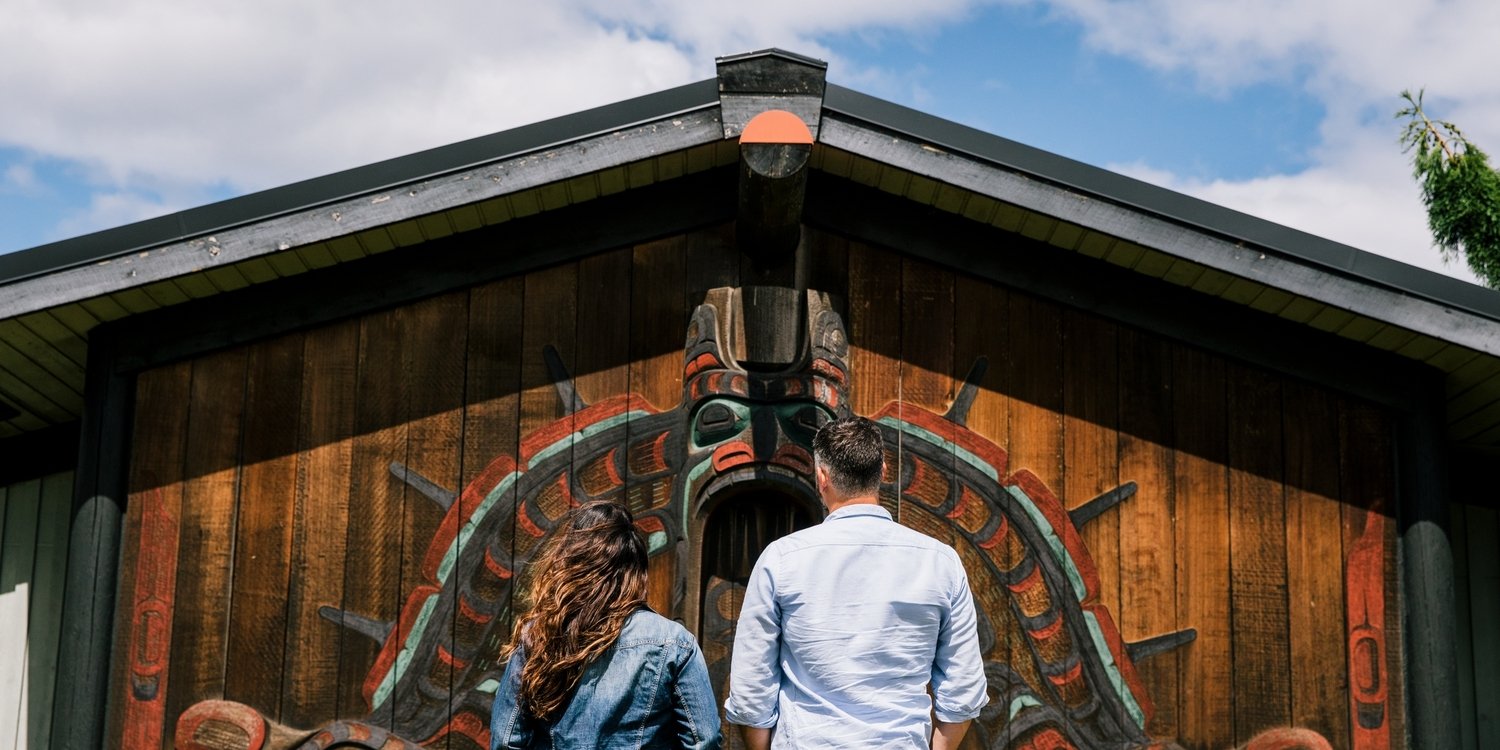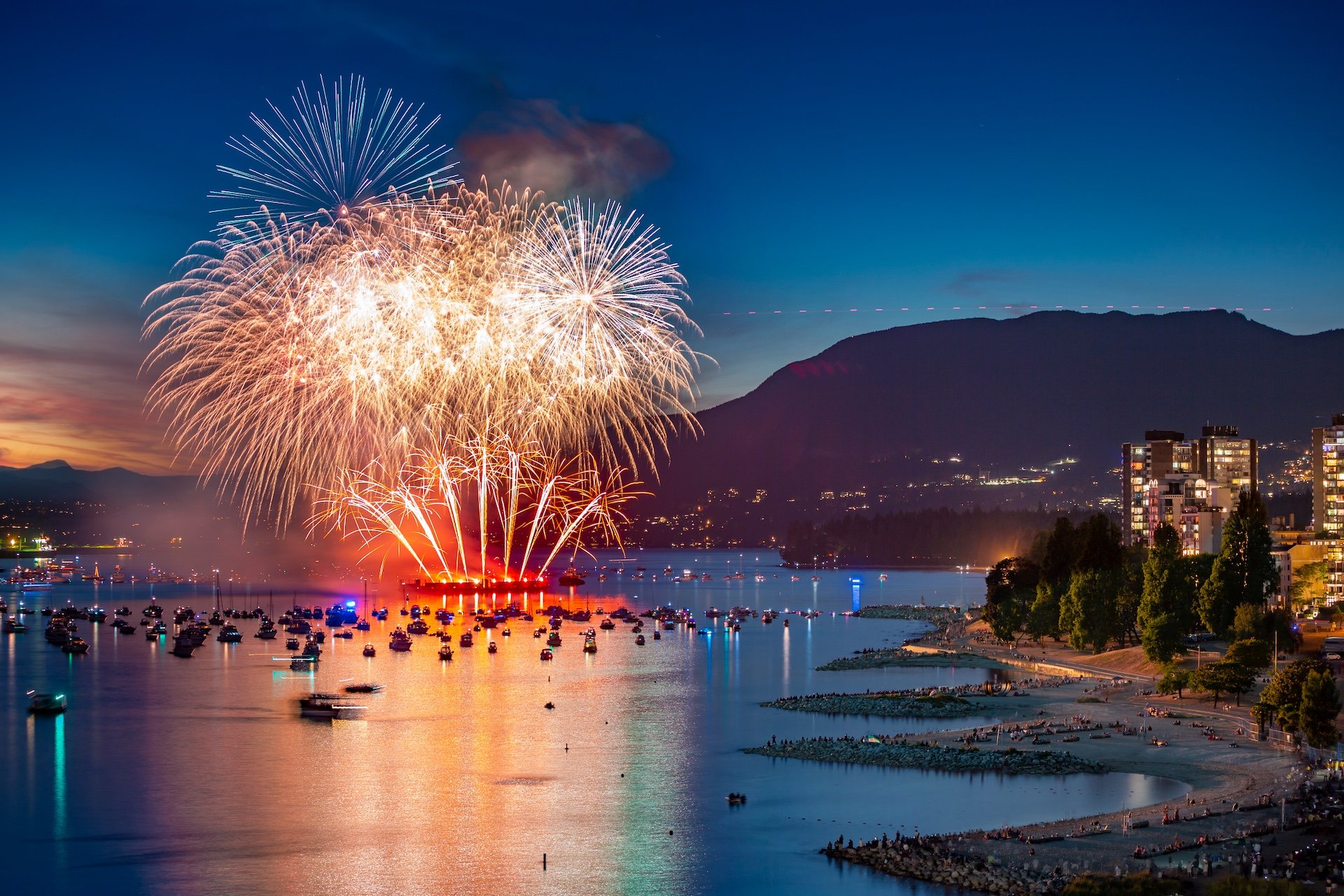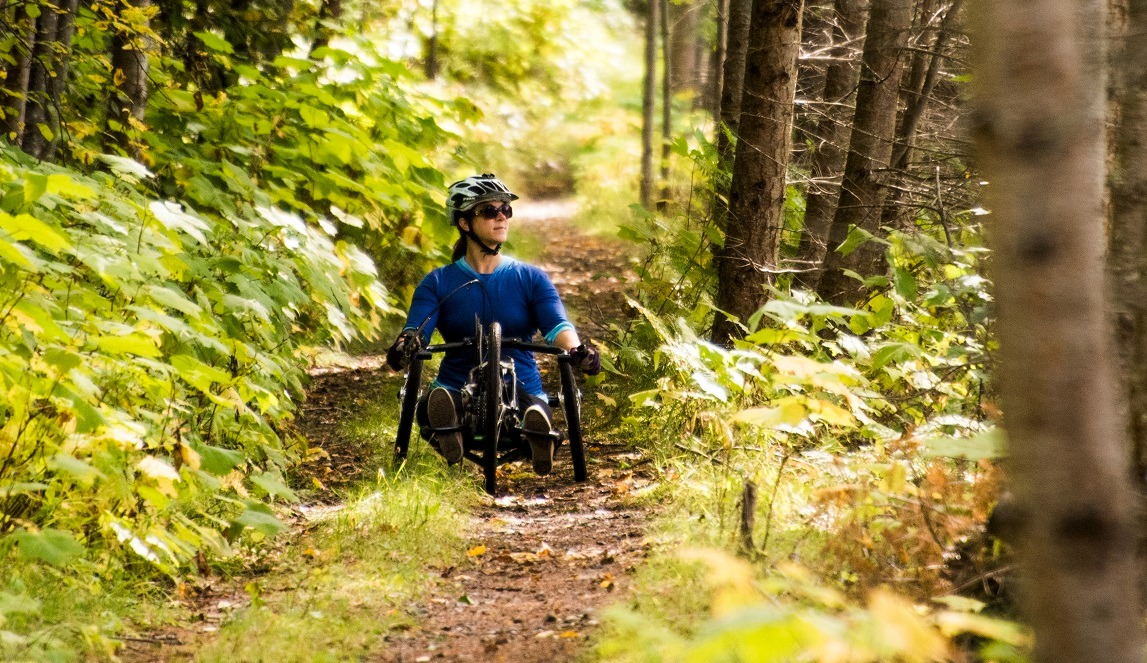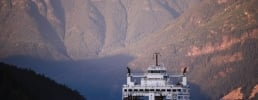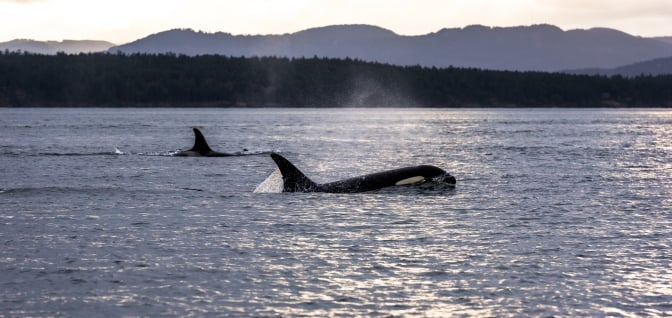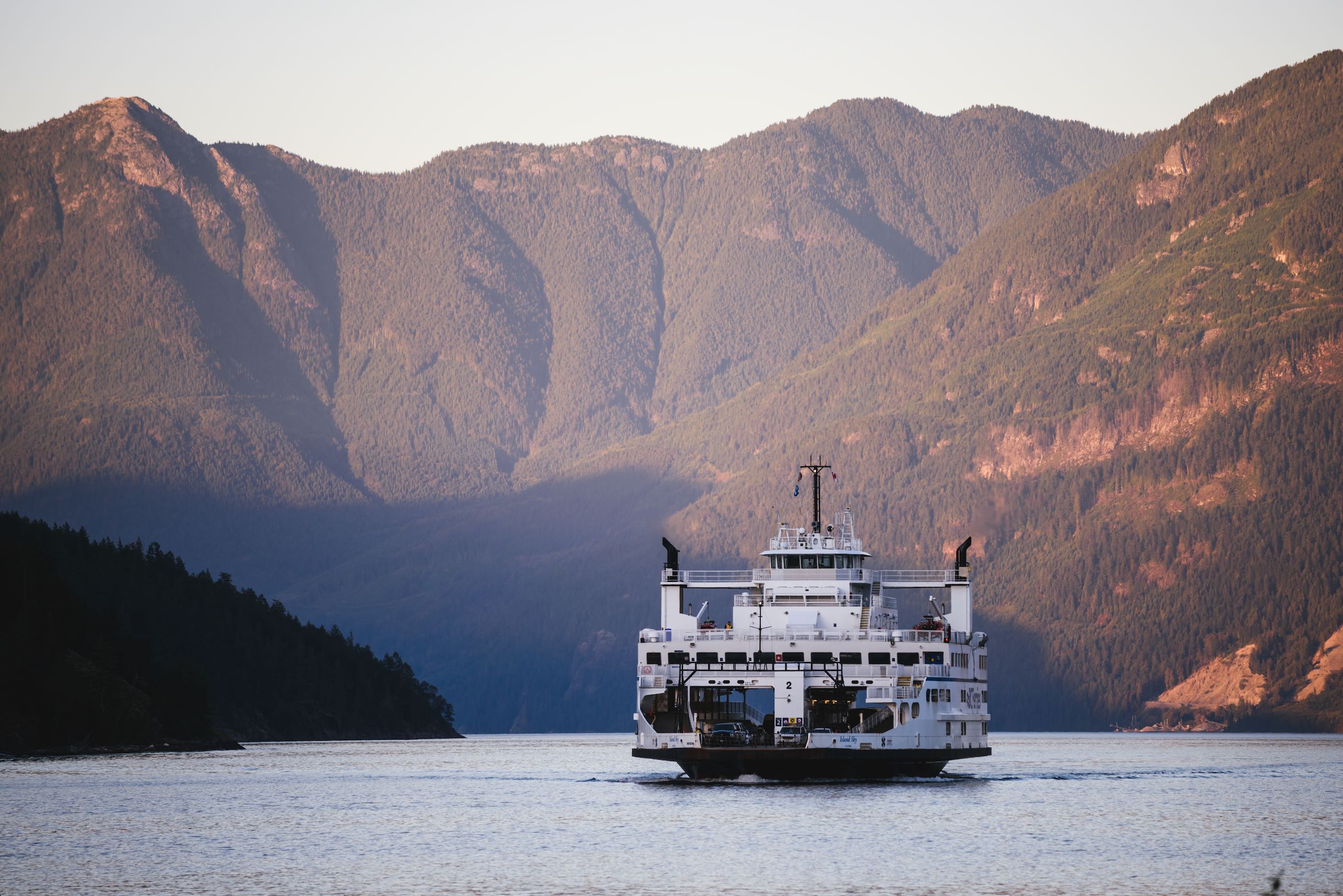 Sunshine Coast | Andrew Strain
Sunshine Coast | Andrew Strain  Sunshine Coast | Andrew Strain
Sunshine Coast | Andrew Strain Practical Tips
Getting Here & Around
Visitors to BC can arrive by air, road, rail, or ferry.
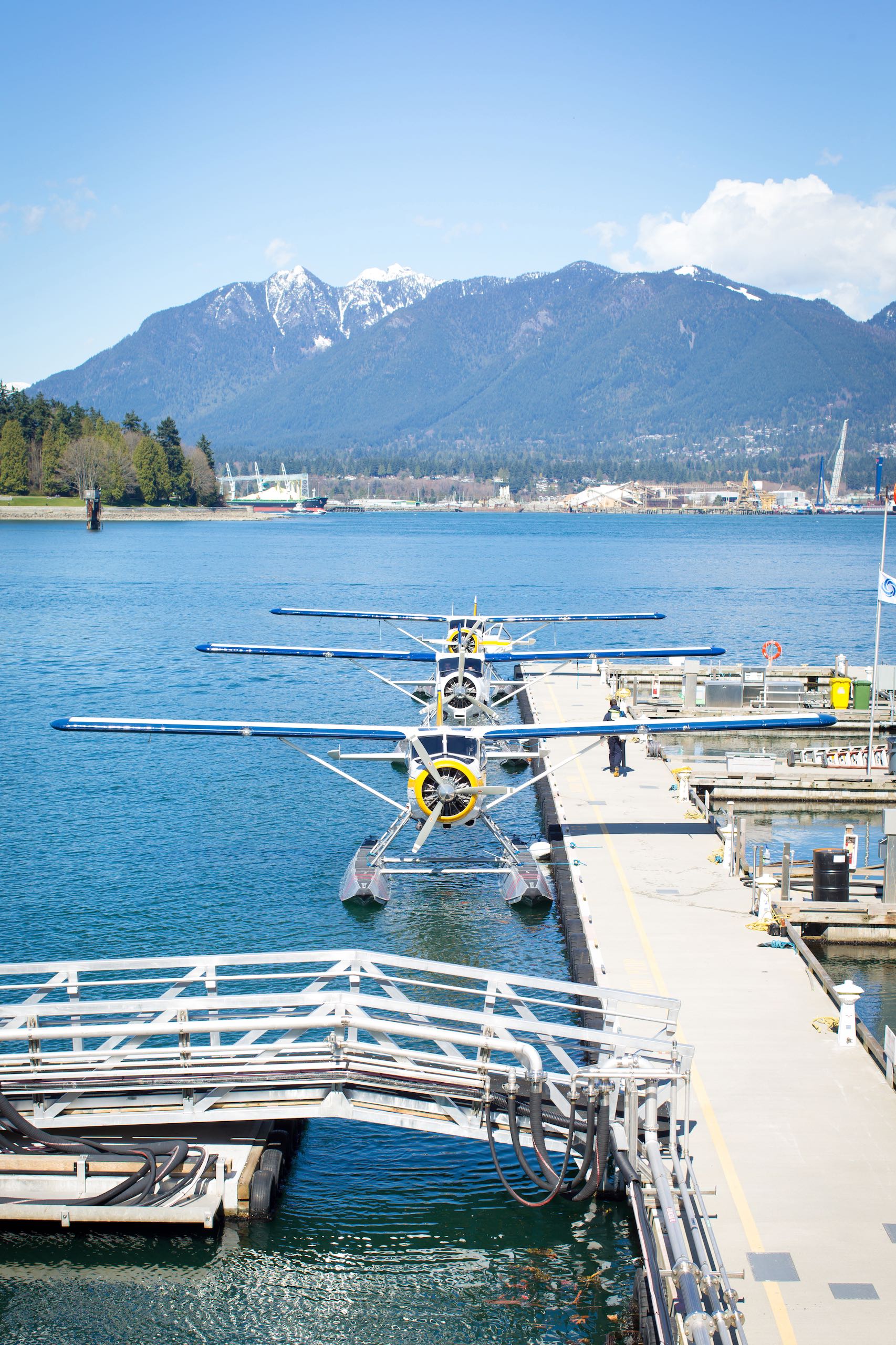 Destination Vancouver/Harbour Air
Destination Vancouver/Harbour Air Air
Vancouver International Airport (YVR) is the main gateway to British Columbia with extensive service to and from destinations around the world. In addition, BC is home to four international airports—Victoria International Airport (YYJ) on southern Vancouver Island, Abbotsford International Airport (YXX) in the Fraser Valley, Kelowna International Airport (YLW) in the Okanagan Valley, and Canadian Rockies International Airport (YXC) in southeastern BC—that serve destinations across North America.
Air Carriers
Dozens of smaller airports are located throughout the province, and seaplane and helicopter service is available along the coast with seaplanes flying to many remote lakes.
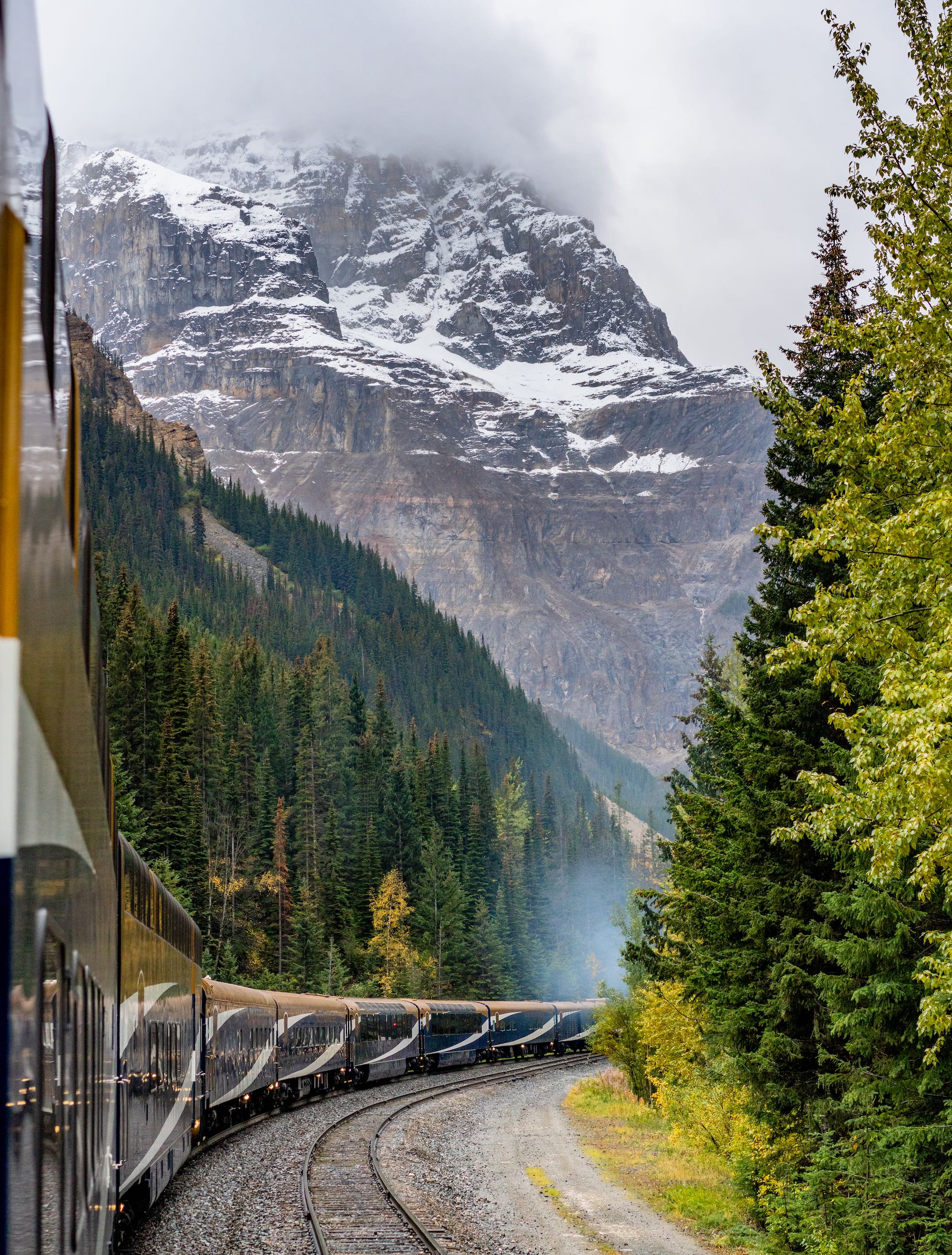 Rocky Mountaineer luxury train | @nomadasaurus
Rocky Mountaineer luxury train | @nomadasaurus Rail
VIA Rail operates two routes from the coast to the Canadian Rockies, one starting in Vancouver, the other in Prince Rupert.
Rocky Mountaineer offers three scenic routes from Vancouver to Jasper and Banff in the Canadian Rockies.
Amtrak operates a scenic rail journey to Vancouver, passing through multiple cities in Washington, USA, including Portland and Seattle.
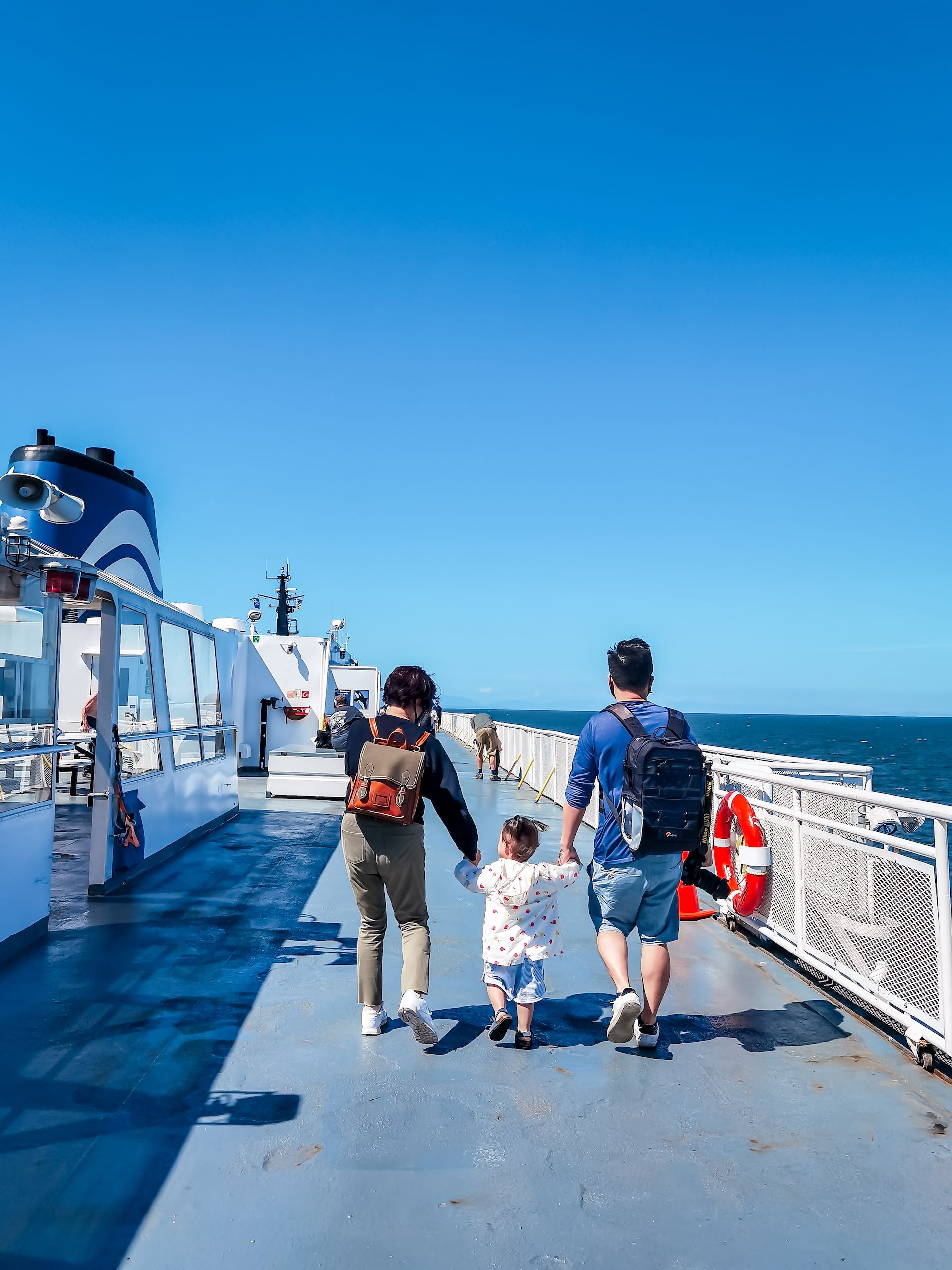 BC Ferries | @glamouraspirit_
BC Ferries | @glamouraspirit_ Ferries
BC Ferries, serving almost 50 ports of call, is the province’s main provider of ferry service. Access Vancouver Island, the Gulf Islands, the Sunshine Coast, Haida Gwaii, and other coastal communities on their fleet of 35 car-accessible vessels.
The BC Government provides free passenger/vehicle ferry service via Inland Ferries across lakes and rivers that are not spanned by bridges. And water taxis provide access to many remote islands and inlets along the coast. They also ferry people short distances in waterfront cities and towns, such as Vancouver and Victoria.
Those travelling between Vancouver and Nanaimo can use BC’s fast-ferry service, Hullo. The foot-passenger (no cars) service is the quickest way to get between the two cities, with multiple trips running daily that take only 70 minutes.
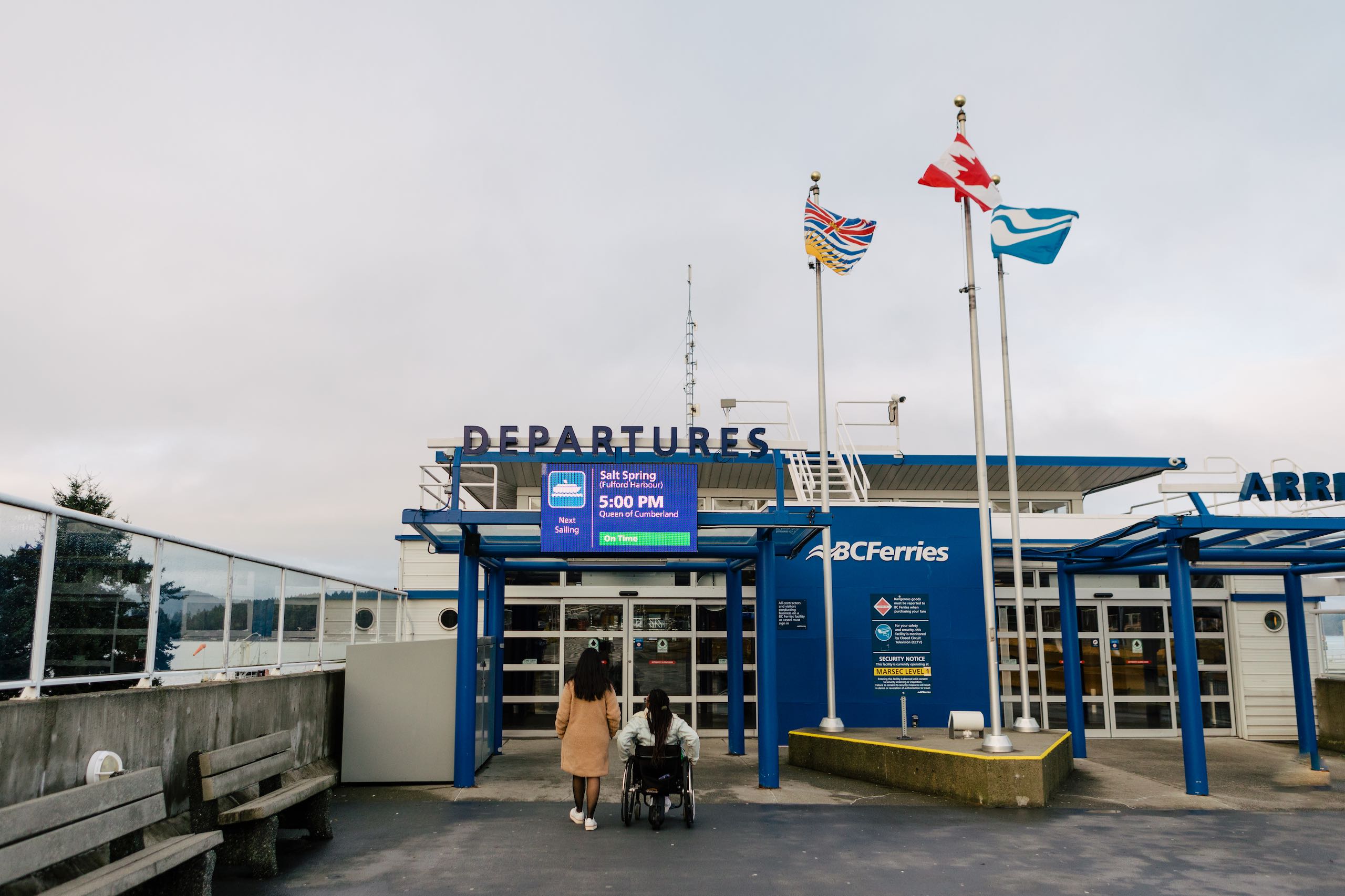 Swartz Bay ferry terminal | Jordan Dyck
Swartz Bay ferry terminal | Jordan Dyck BC Ferries Saver Fare
Travel for less with the BC Ferries Saver fare from $49 for a standard vehicle and driver, including a free reservation. Saver fares are available on select sailings on routes between Metro Vancouver and Vancouver Island.
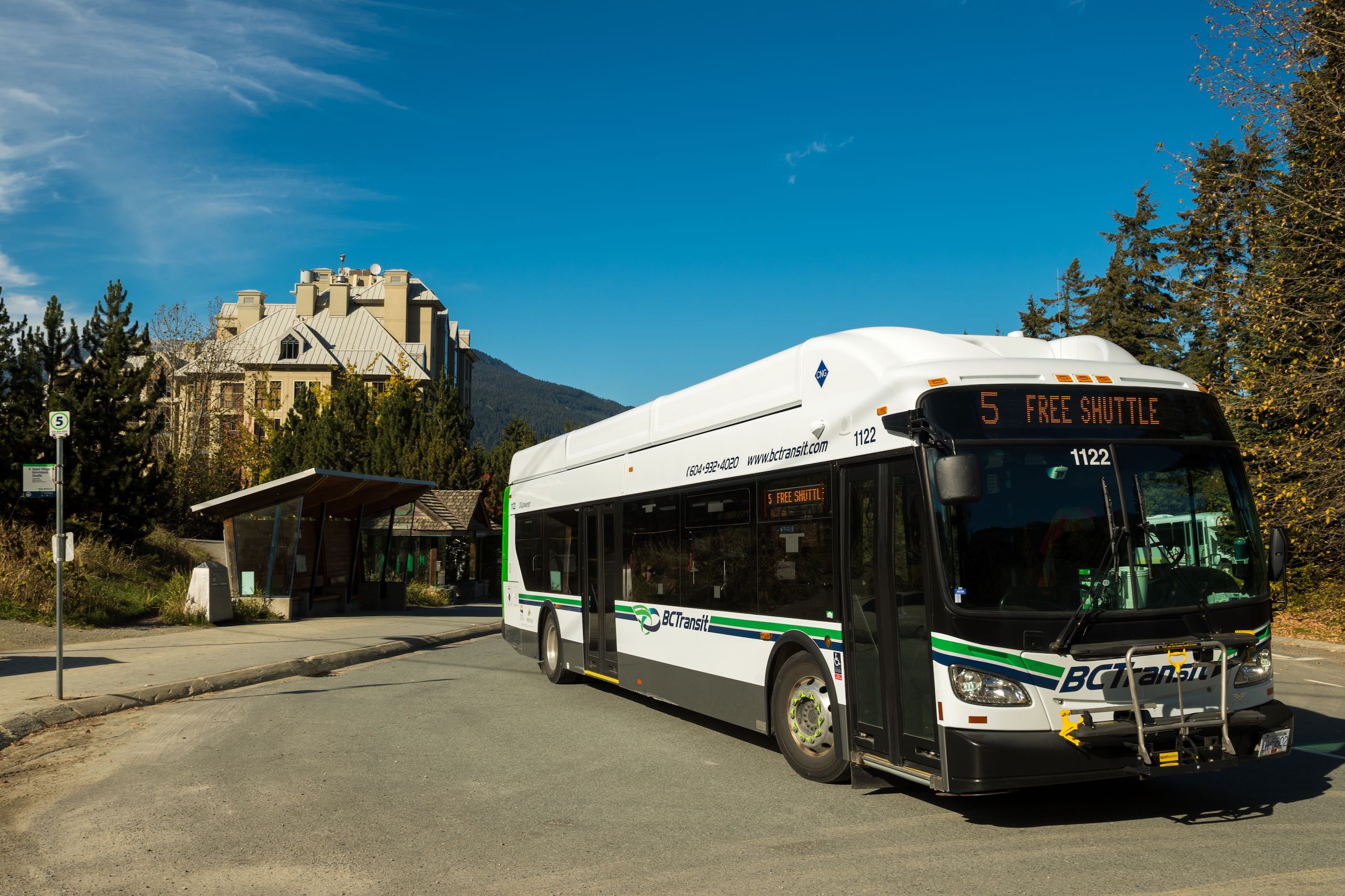 Tourism Whistler/Mike Crane
Tourism Whistler/Mike Crane Buses
Metro Vancouver’s buses, SkyTrain, SeaBus, and the West Coast Express commuter train are operated by Translink. Visit the Translink Customer Service Centre at Waterfront Station in downtown Vancouver to purchase transit tickets, get wayfinding advice, and more. The rest of the province is the domain of BC Transit.
Pacific Coach Travel Services connects Vancouver and Whistler, and Vancouver International Airport and Victoria; Red Arrow provides airport coach transportation service between Vancouver, Abbotsford, Surrey and Kelowna; Squamish Connector is the exclusive transport for Sea to Sky Gondola and Britannia Mine Museum, and they are the only shuttle service that goes from Squamish to Horseshoe Bay;
The BC Ferries Connector joins downtown Vancouver to downtown Victoria; and Vancouver Island Connector services a number of communities on Vancouver Island as far north as Campbell River. On northern Vancouver Island, Waivin Flags operates between Campbell River and Port Hardy, and the Port Hardy Express Bus can take you to Campbell River, Port McNeil, or Port Hardy.
During the ski season, SNOWBUS provides daily service between Vancouver International Airport and Whistler.
For those travelling greater distances, Rider Express connects communities between Vancouver and Calgary and beyond; Mountain Man Mike’s Bus Service runs from Vancouver to Kaslo, and Kaslo to Calgary with many stops along the way; Ebus travels between Vancouver and Prince George and serves communities in the central and north Okanagan; Silver City Stagelines, based in Trail, operates between the Nelson/Castlegar/Trail area and Kelowna with many additional stops; Adventure Charters operates in the Williams Lake area; and BC Bus North covers the northern communities.
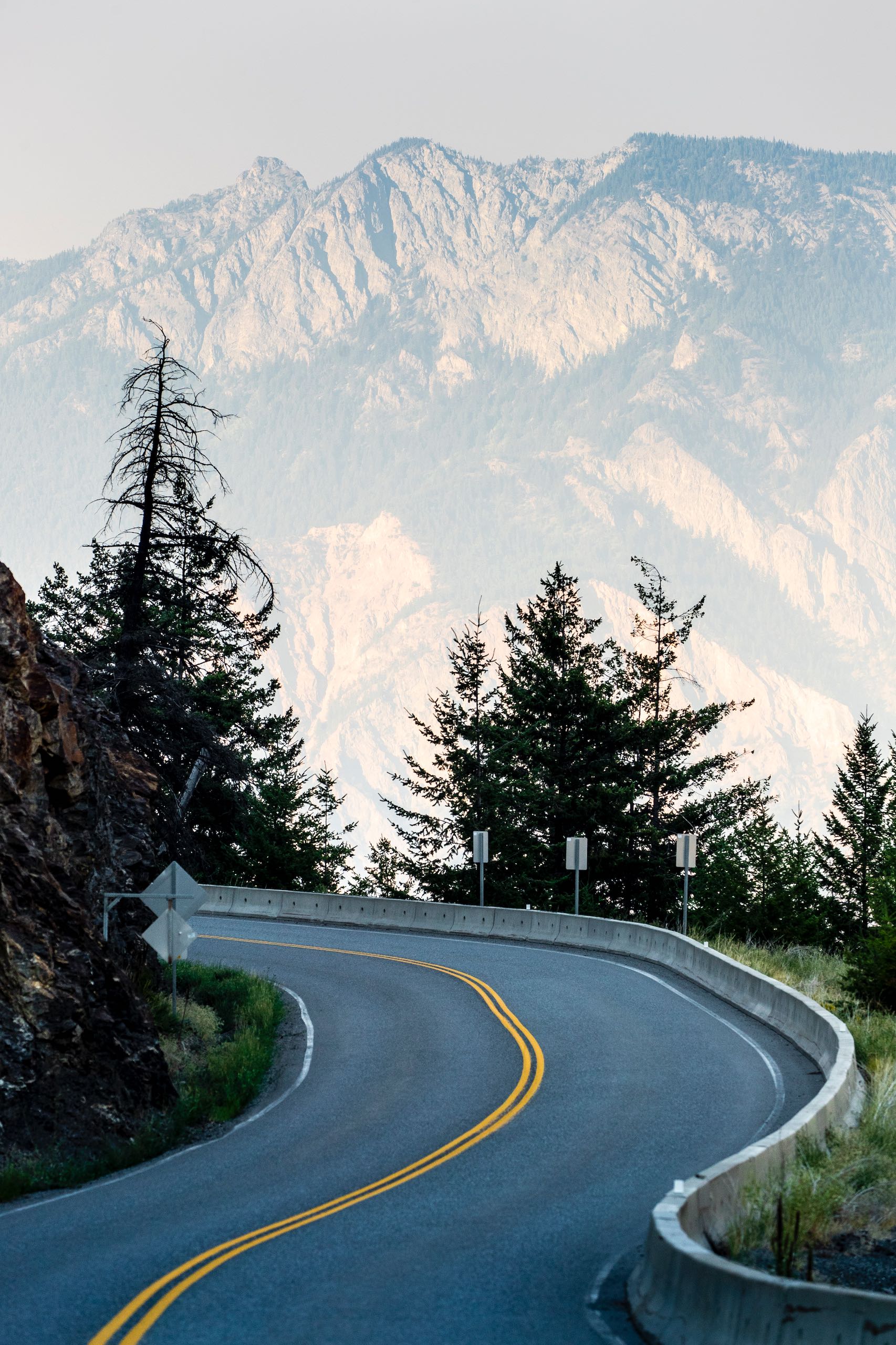 Highway 113 through the Nass Valley | Northern BC Tourism/Marcus Paladino
Highway 113 through the Nass Valley | Northern BC Tourism/Marcus Paladino Highways
BC has a well-maintained network of highways and roads with good signage, making road trips an ideal way to see the province. Car rental companies are conveniently located at or near most airports, and in larger communities. RV travel is also popular here, and many campgrounds offer RV-specific accommodation with hook-ups and other amenities. The majority of RVs do not require a special license to drive or tow.
Here are some resources if you are going to be driving in BC:
- Visit ICBC to get familiar with BC’s driving rules and regulations as well as insurance coverage for your vehicle.
- Consult DriveBC for up-to-date information about road conditions and closures.
- Plan ahead with BCAA’s Ultimate Guide to Safe Road-Tripping in BC, including helpful resources such as the BCAA vehicle checklist, how to pack for an emergency, and more.
- Highways outside of Metro Vancouver and southeast Vancouver Island require winter tires from October 1 to April 30. Visit Shift Into Winter for more information on winter driving in BC.
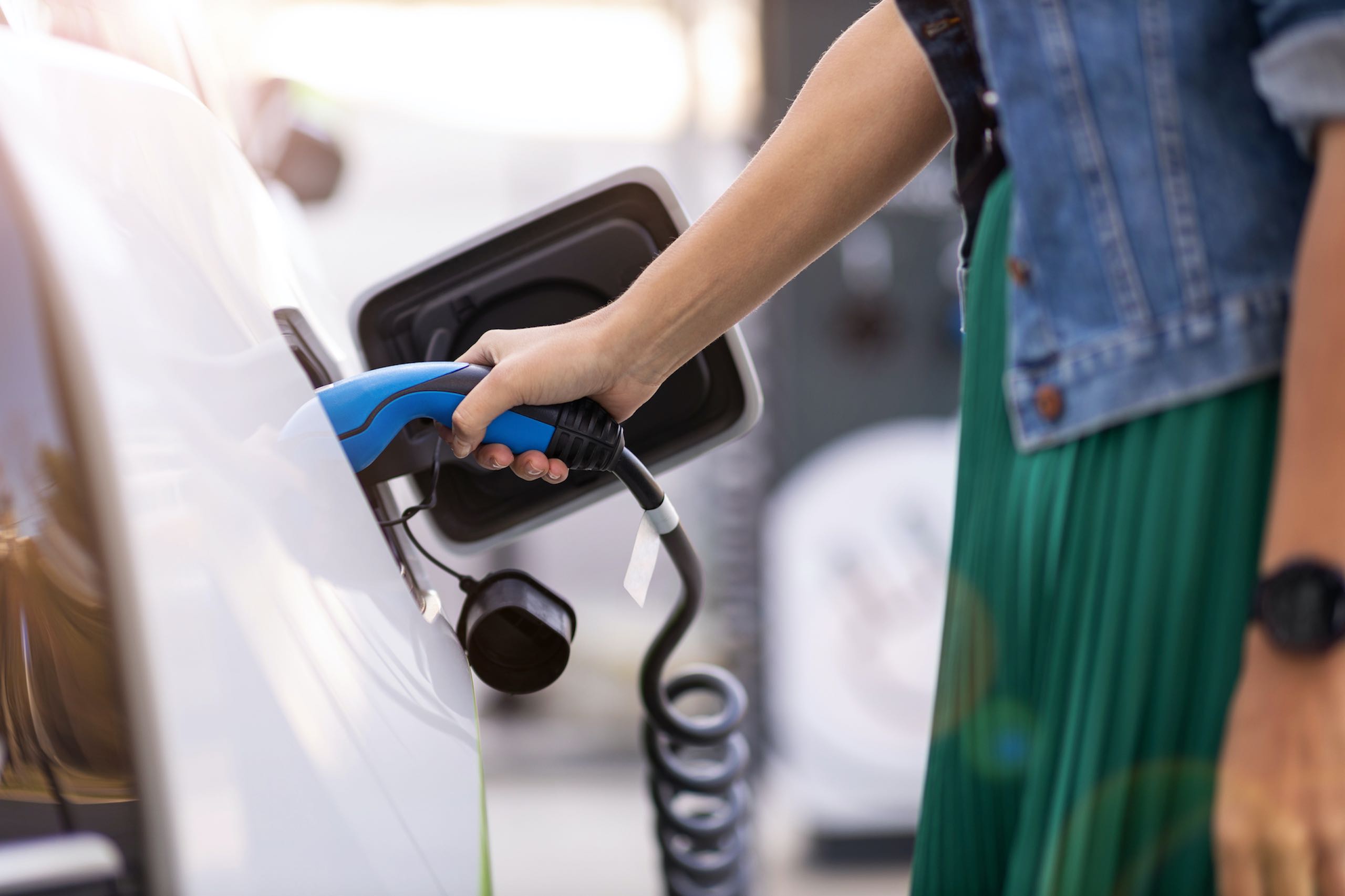 Charging an electric car | Getty Images
Charging an electric car | Getty Images Electric Vehicles
BC has an extensive network of charging stations to meet the needs of residents and visitors with electric vehicles.
To find public charging stations, visit PlugShare to see an interactive map of charging locations along highways and in communities throughout the province, making it easy to explore BC in an EV. Download the app to your mobile device to plan your stops. Signage at charging stations provides instructions and customer support information.
To save time when charging your vehicle, it’s recommended that you register for one or more charging networks before your journey. Most stations can be activated through your mobile phone.
Networks in British Columbia include the following:
* Networks that can be used with each others’ mobile apps.
Before you travel to BC, you can apply for a free decal that allows electric vehicles to access high occupancy vehicle (HOV) lanes regardless of the number of people in the car. When applying for the decal, please allow up to eight weeks for processing.
Getting Around

